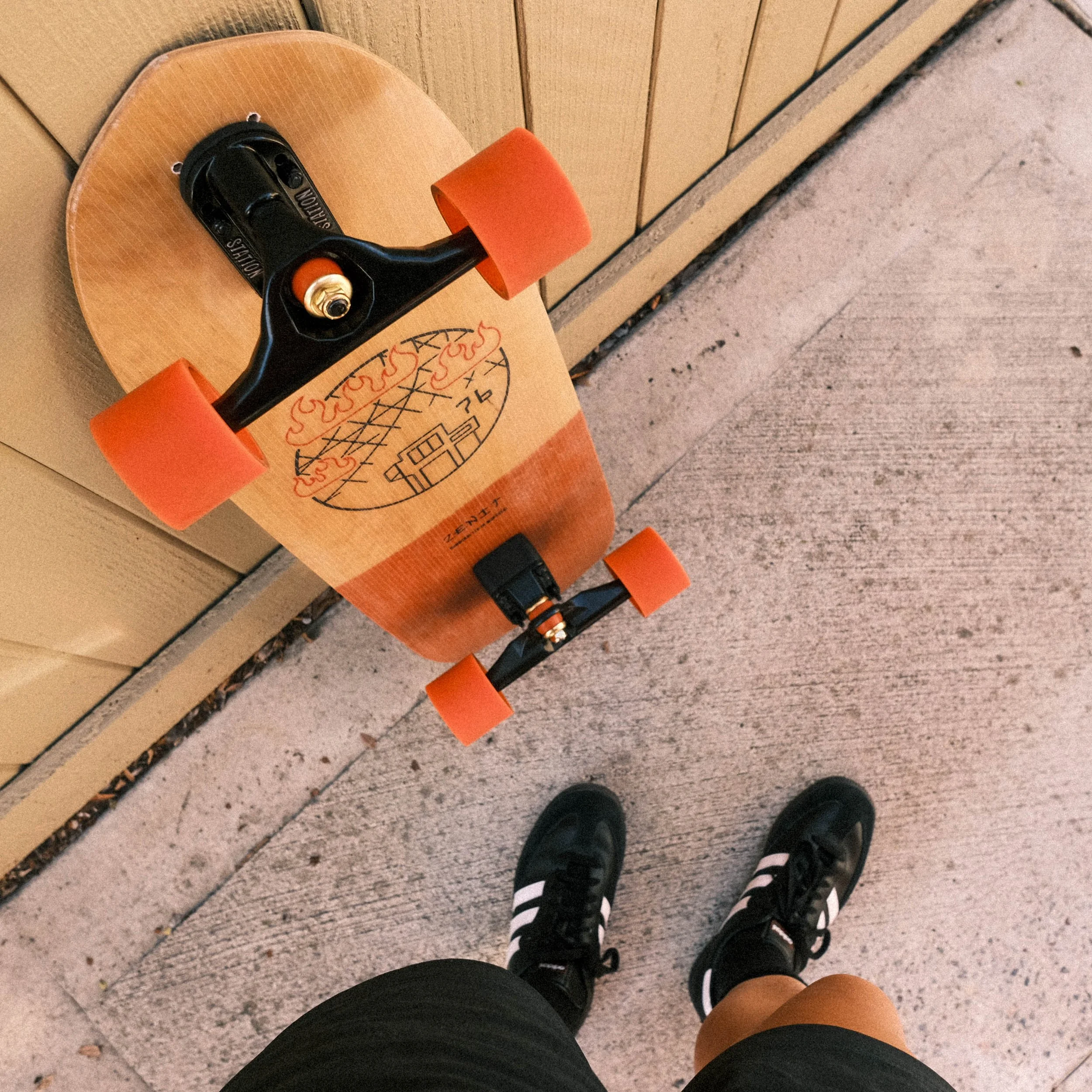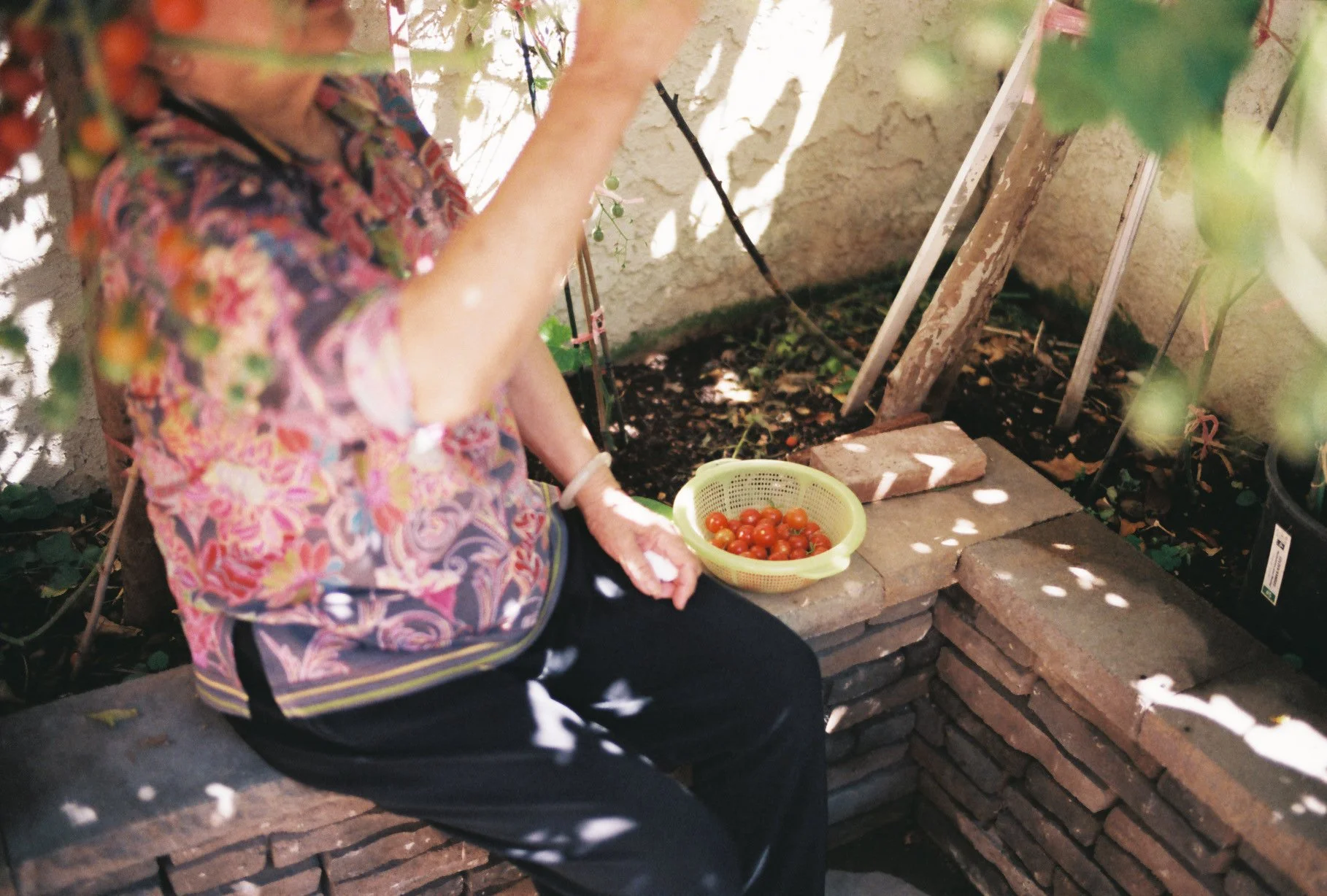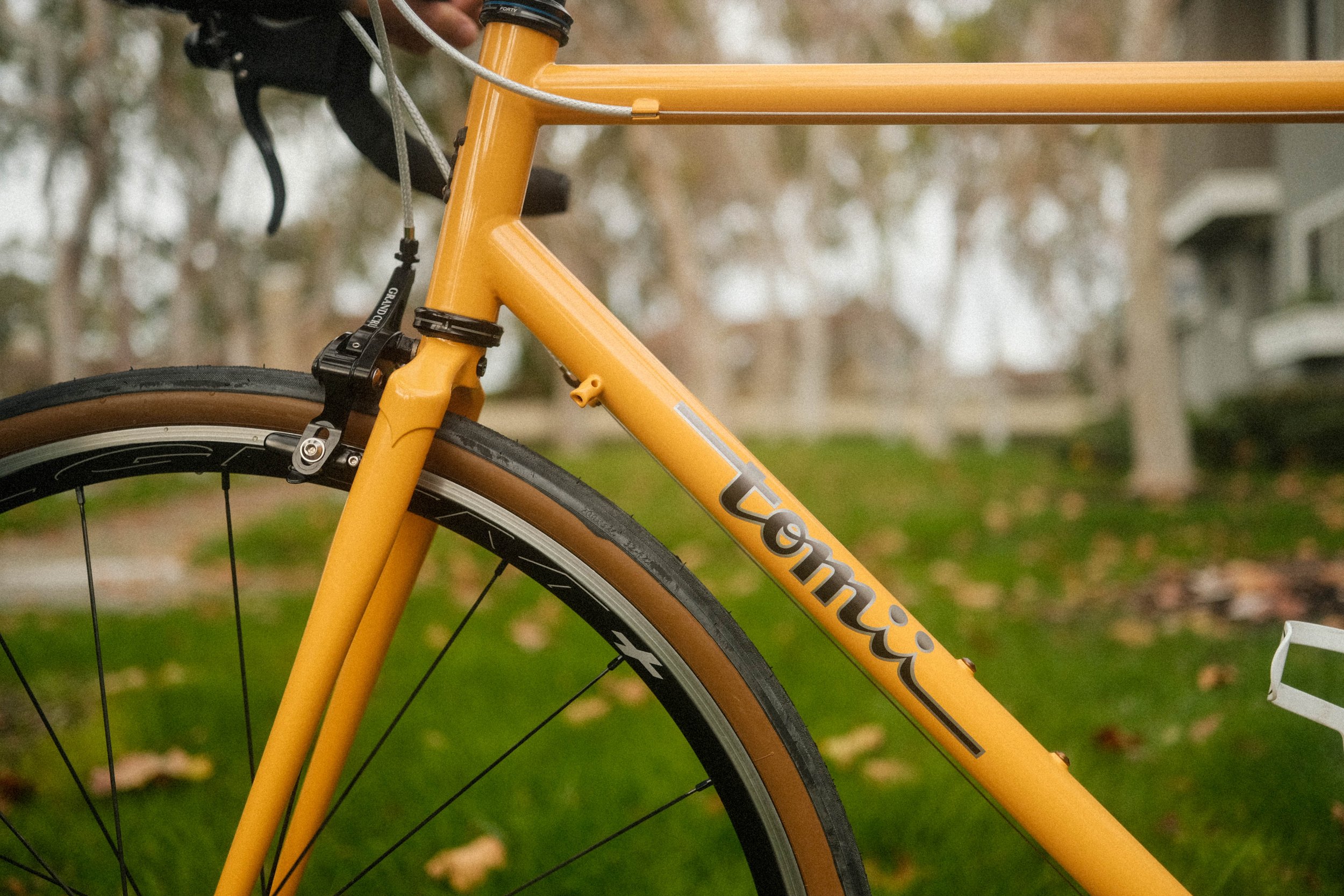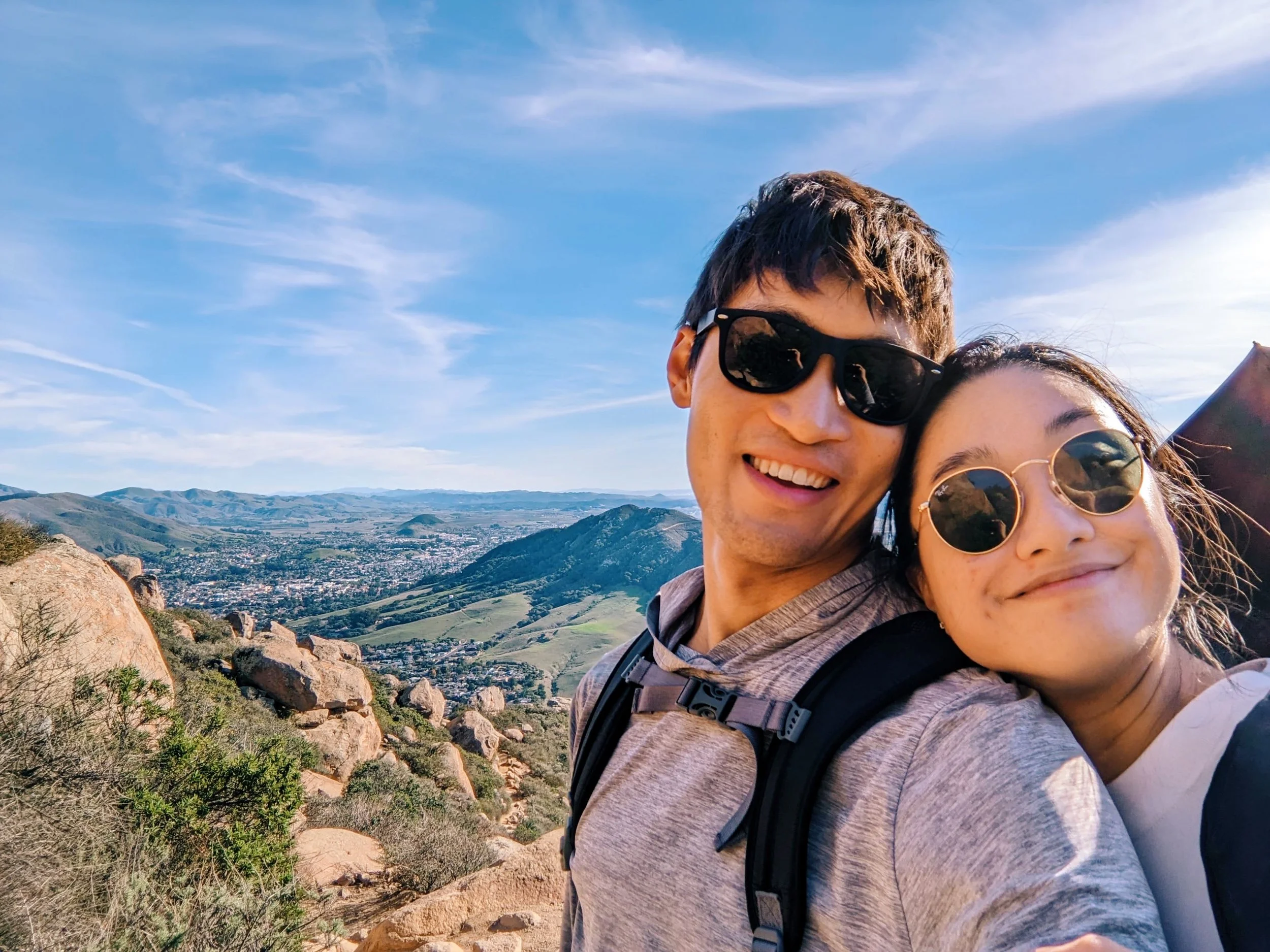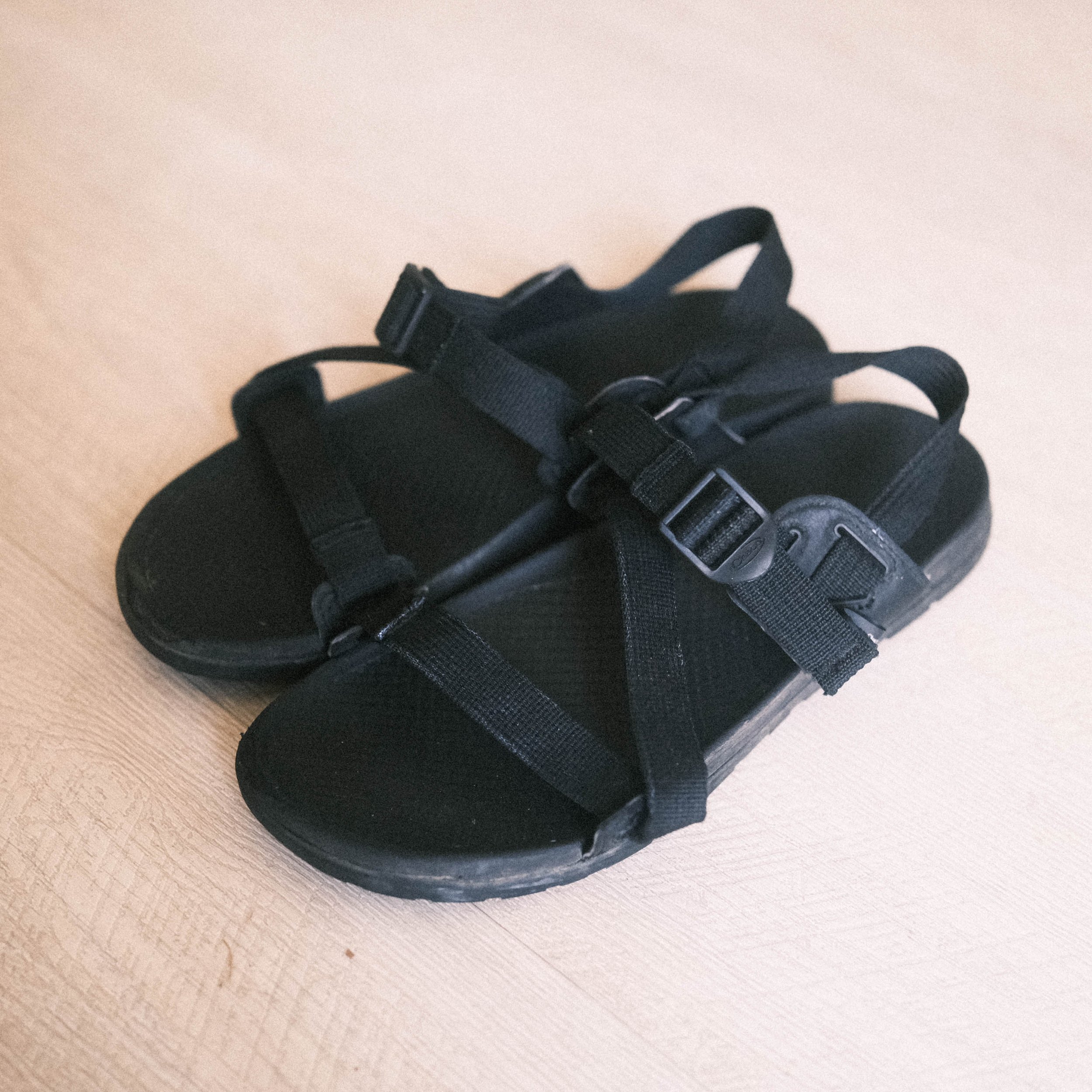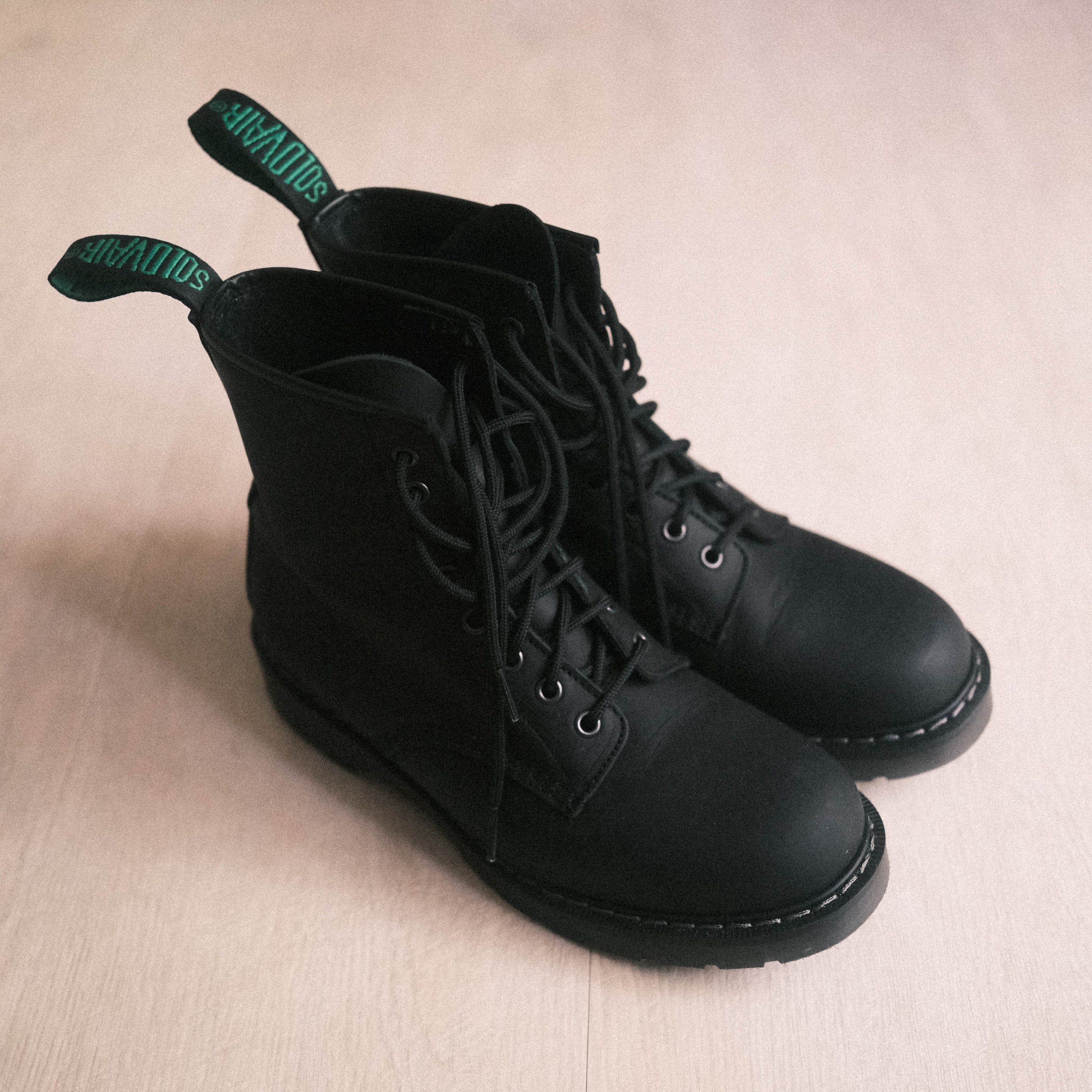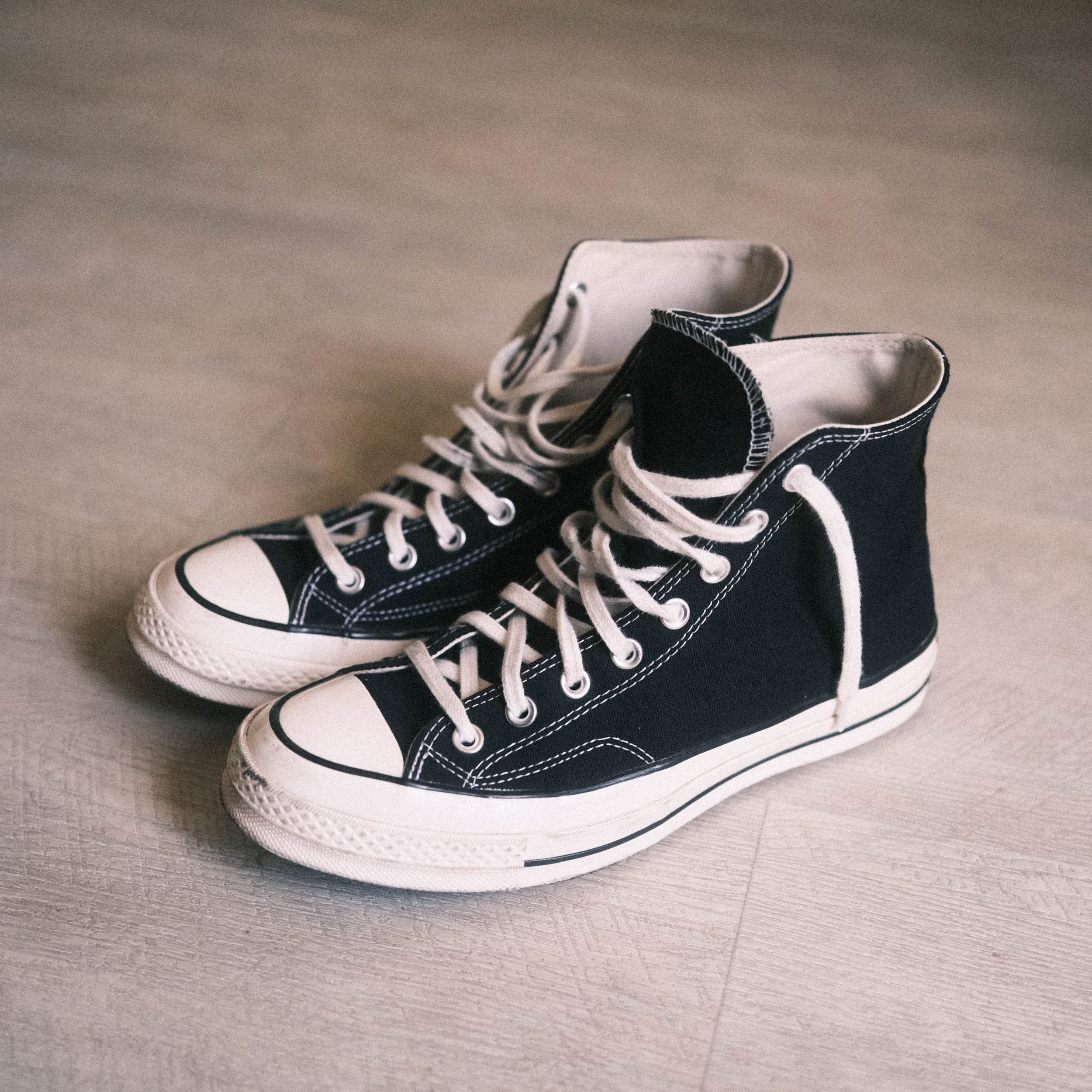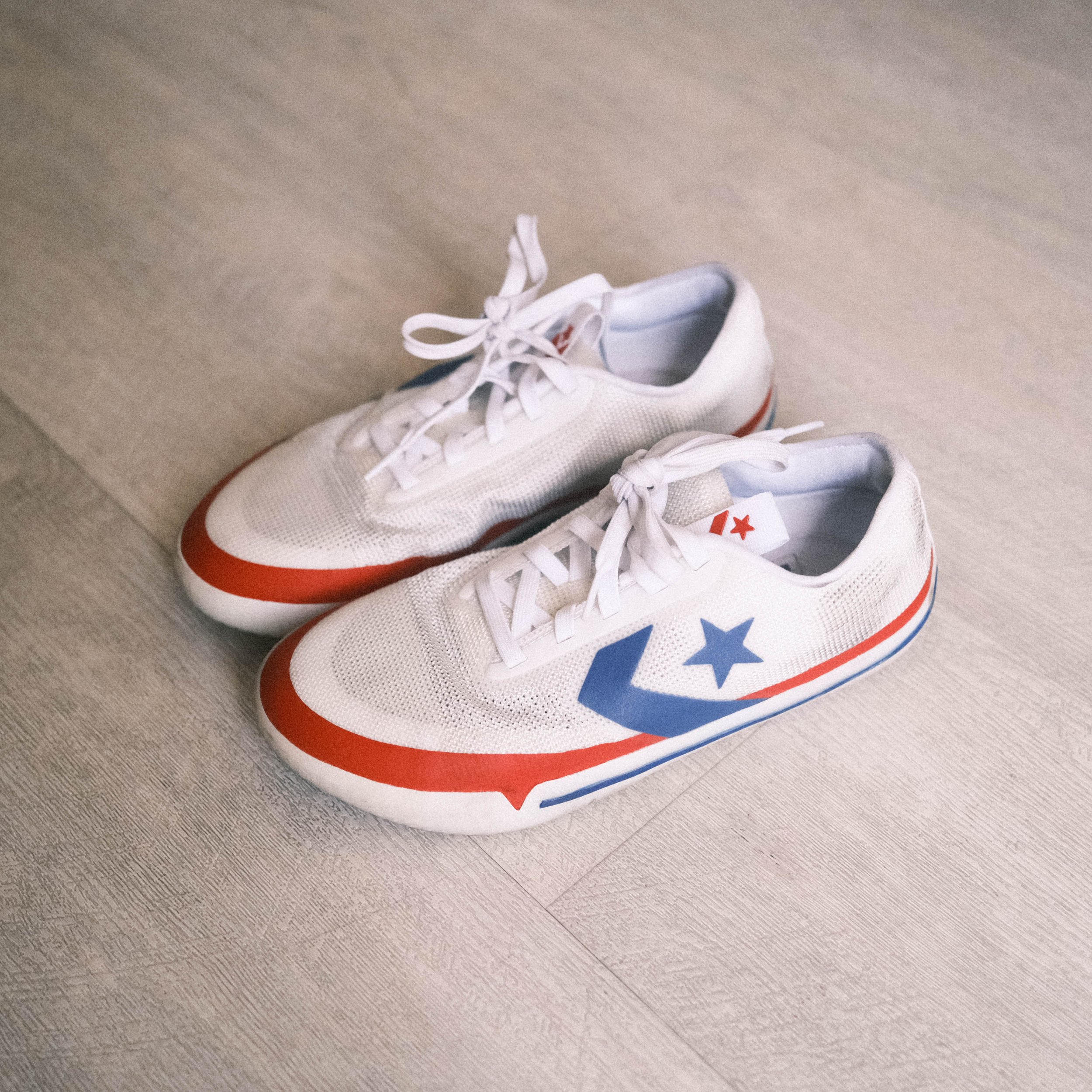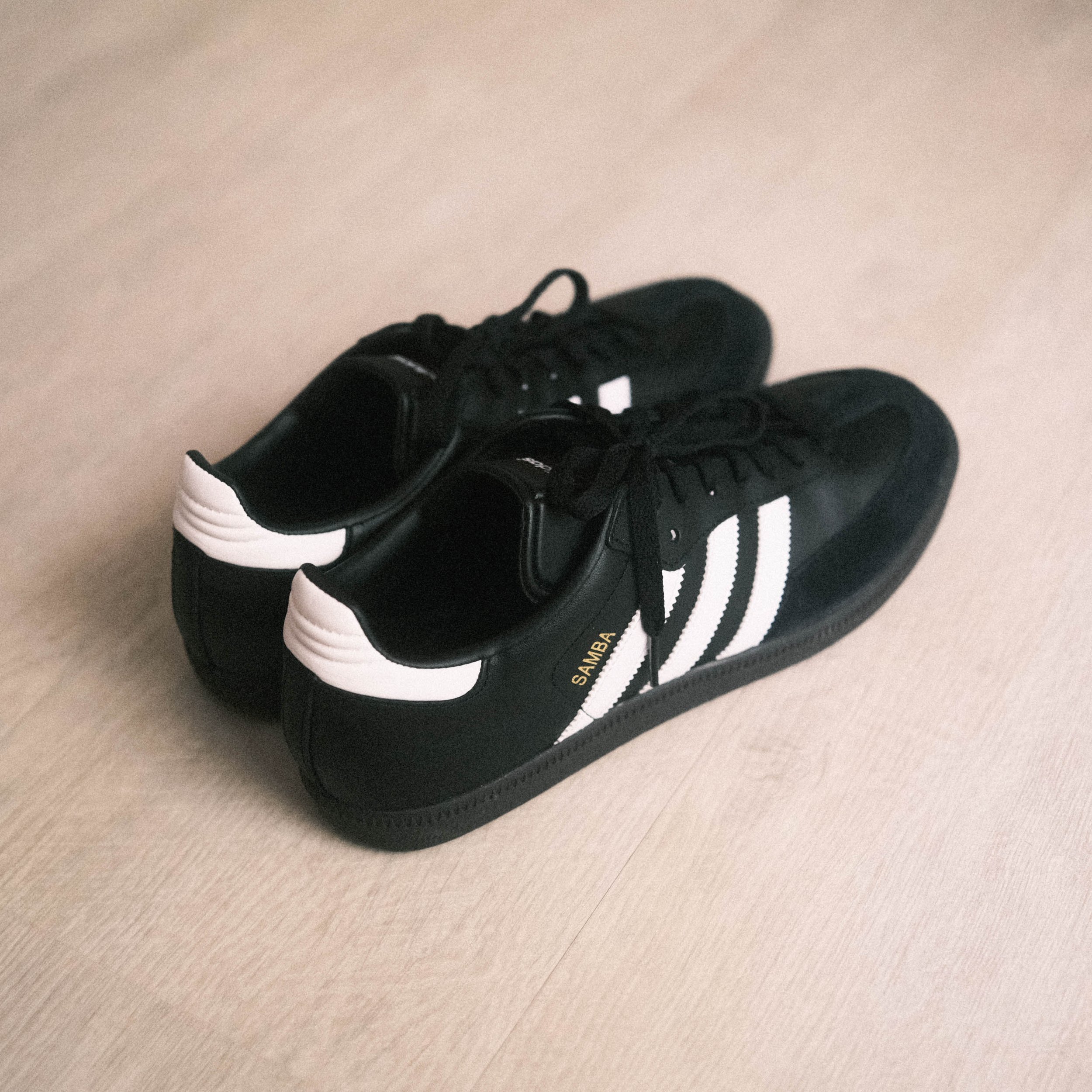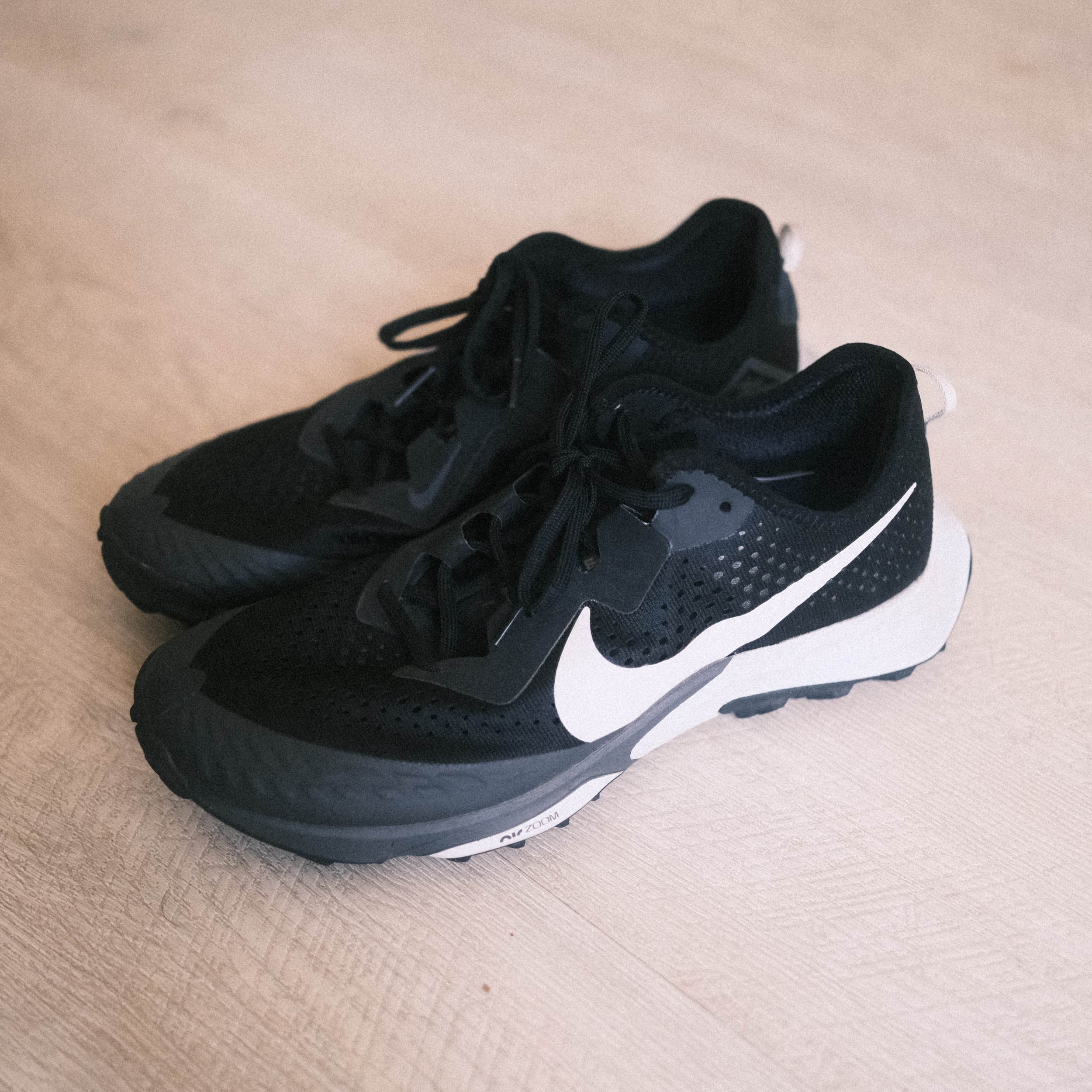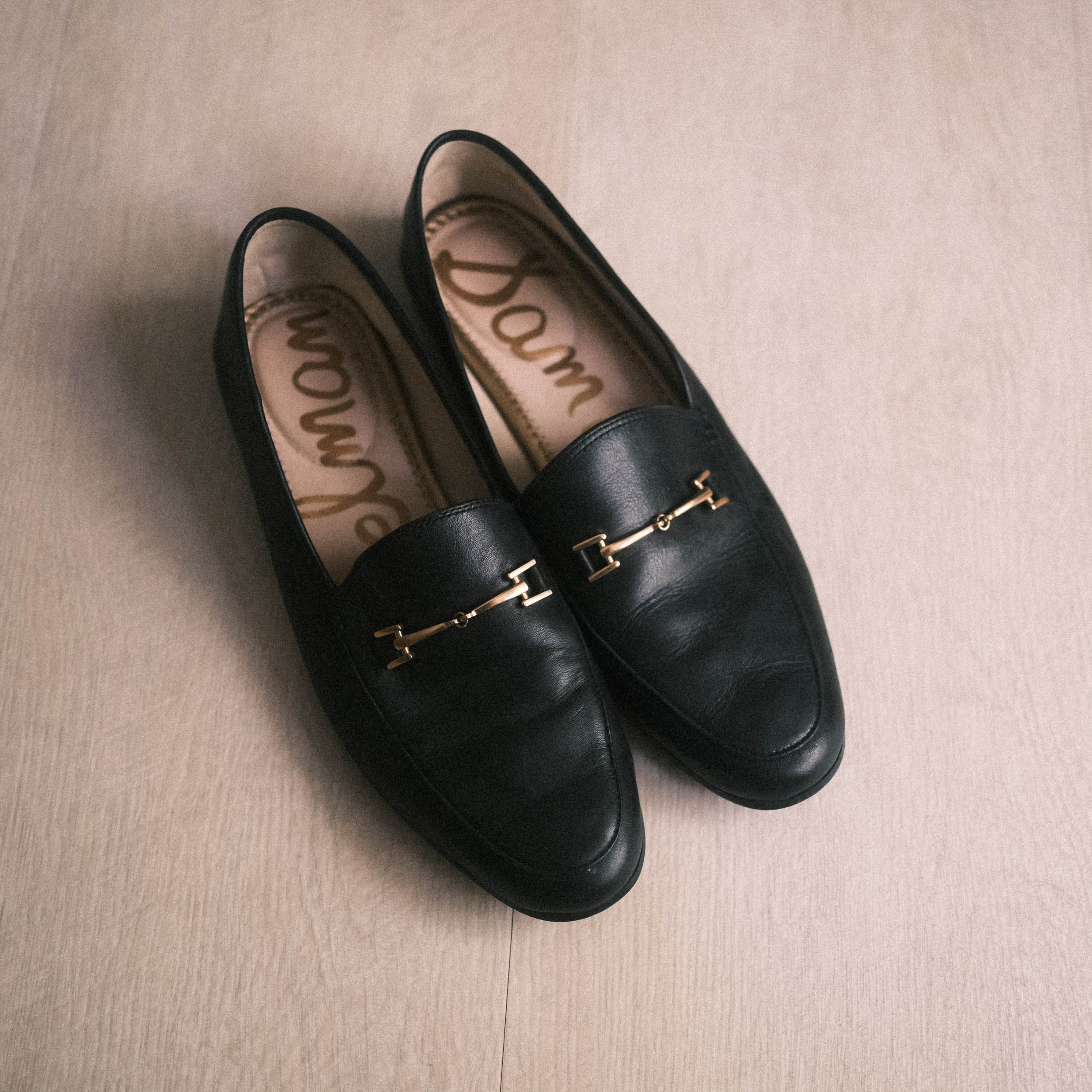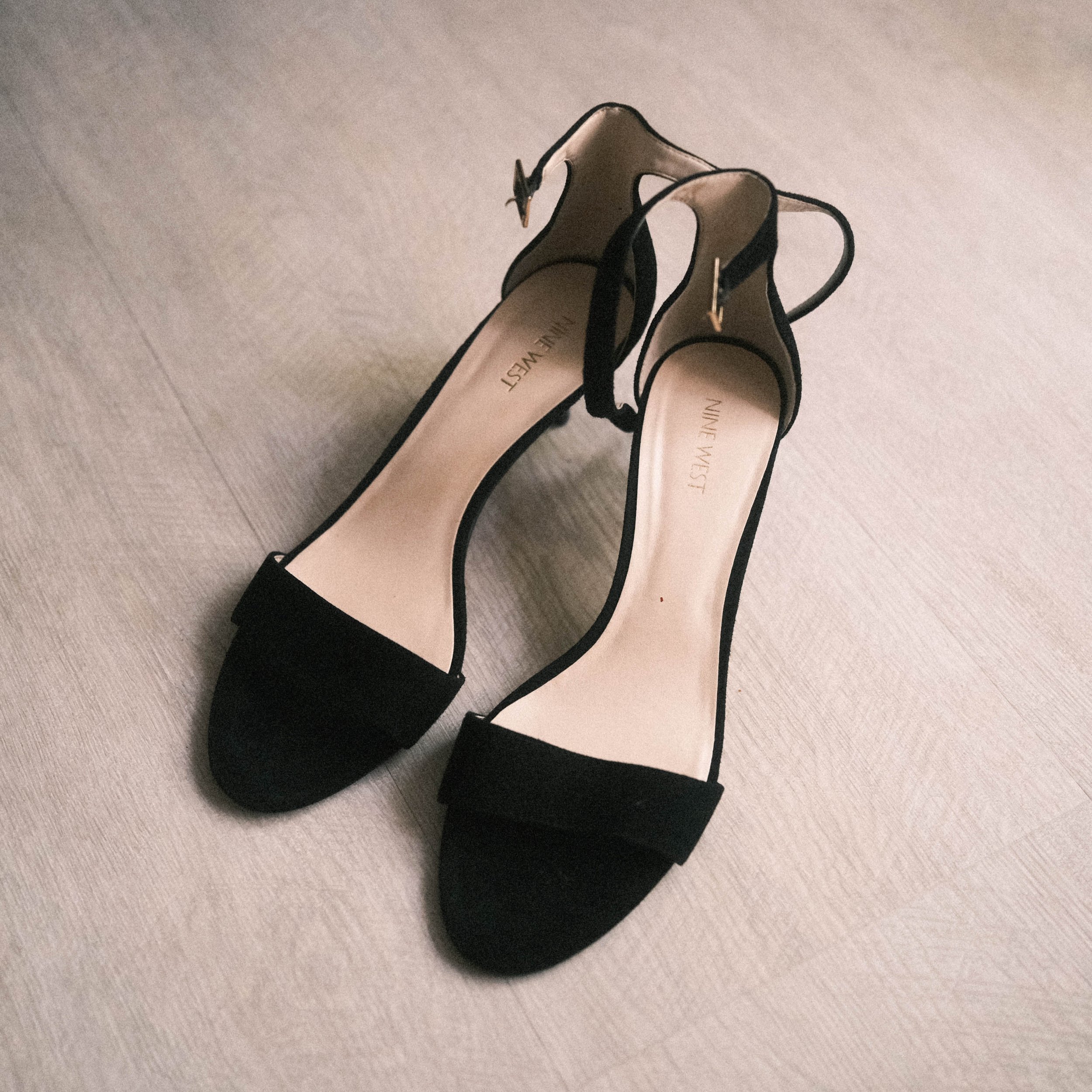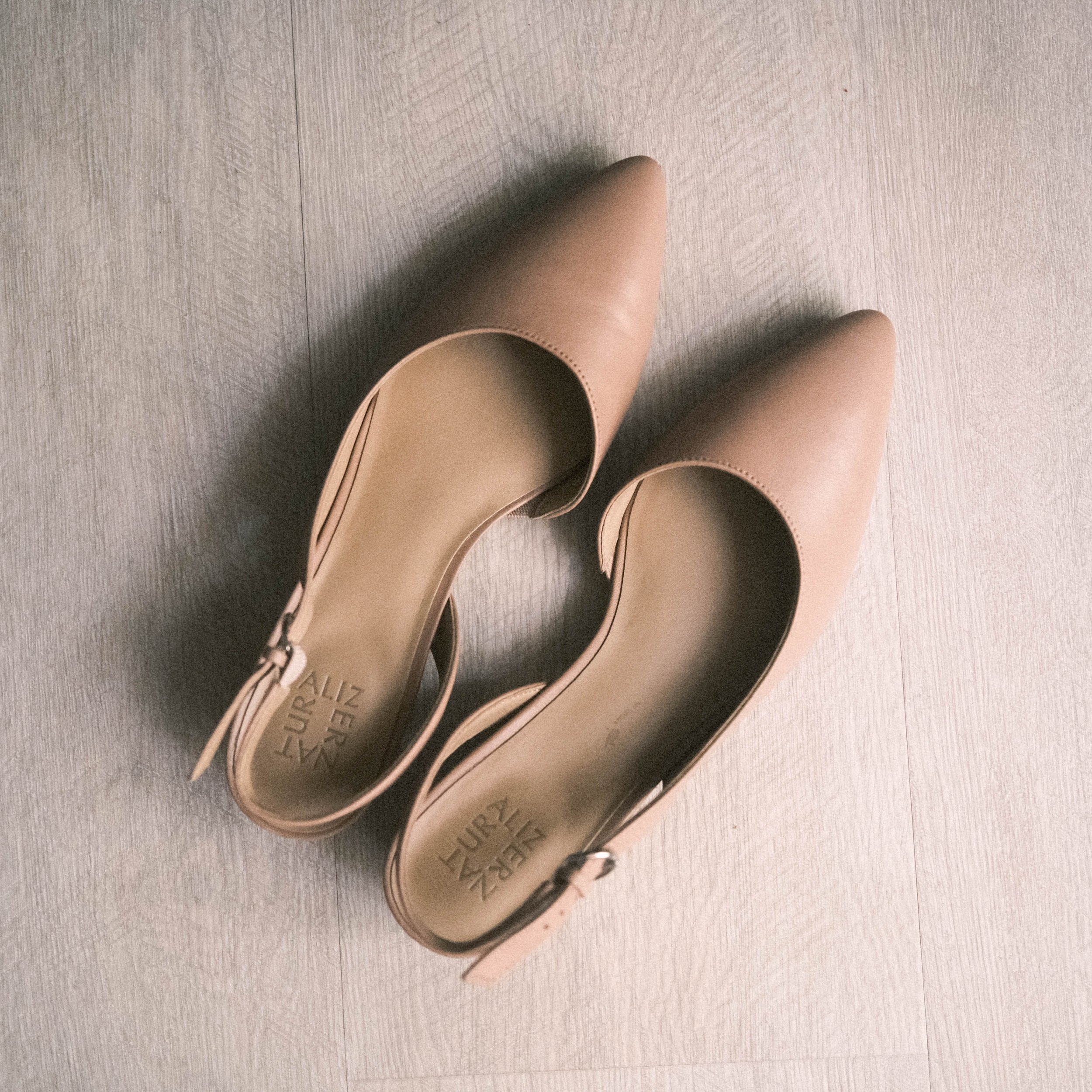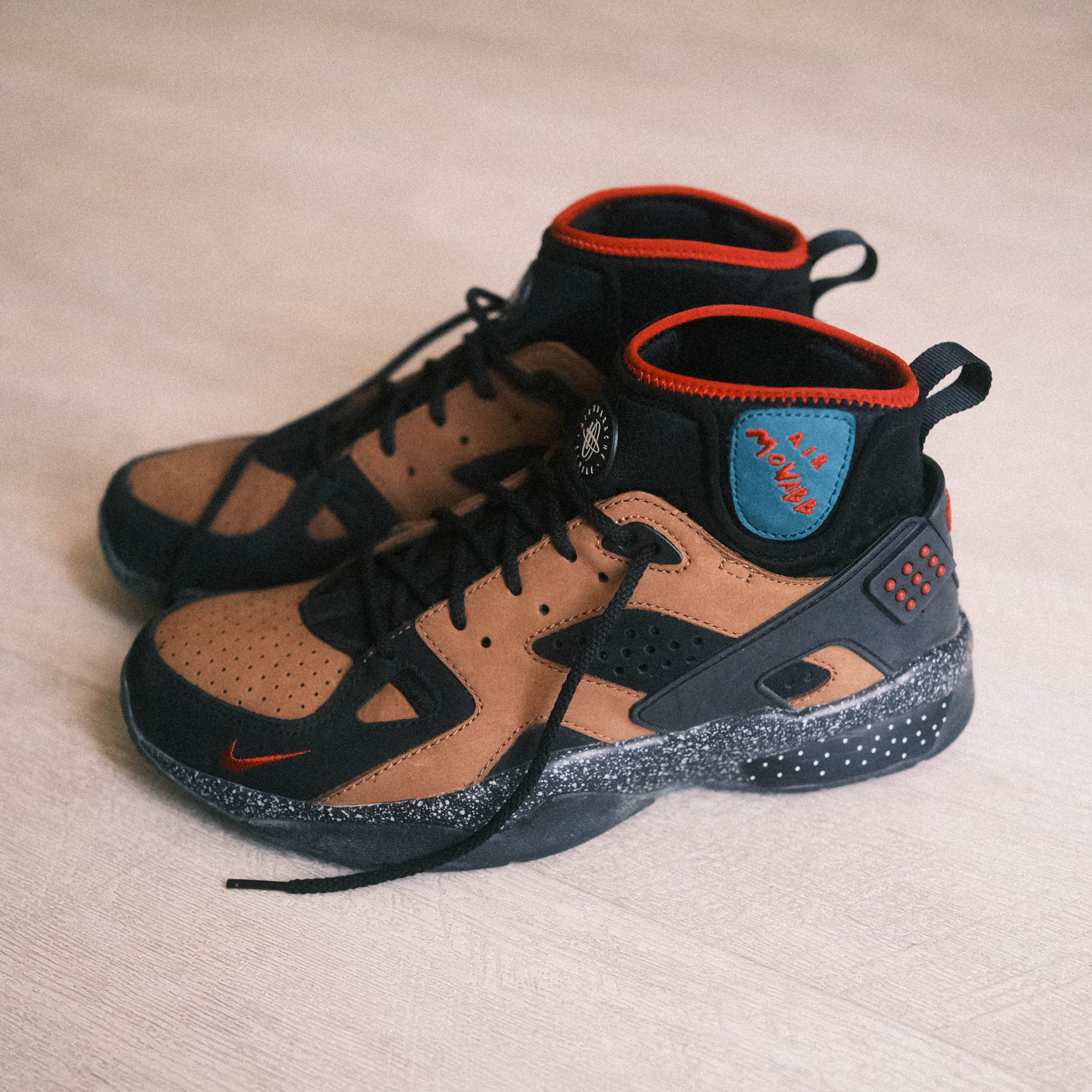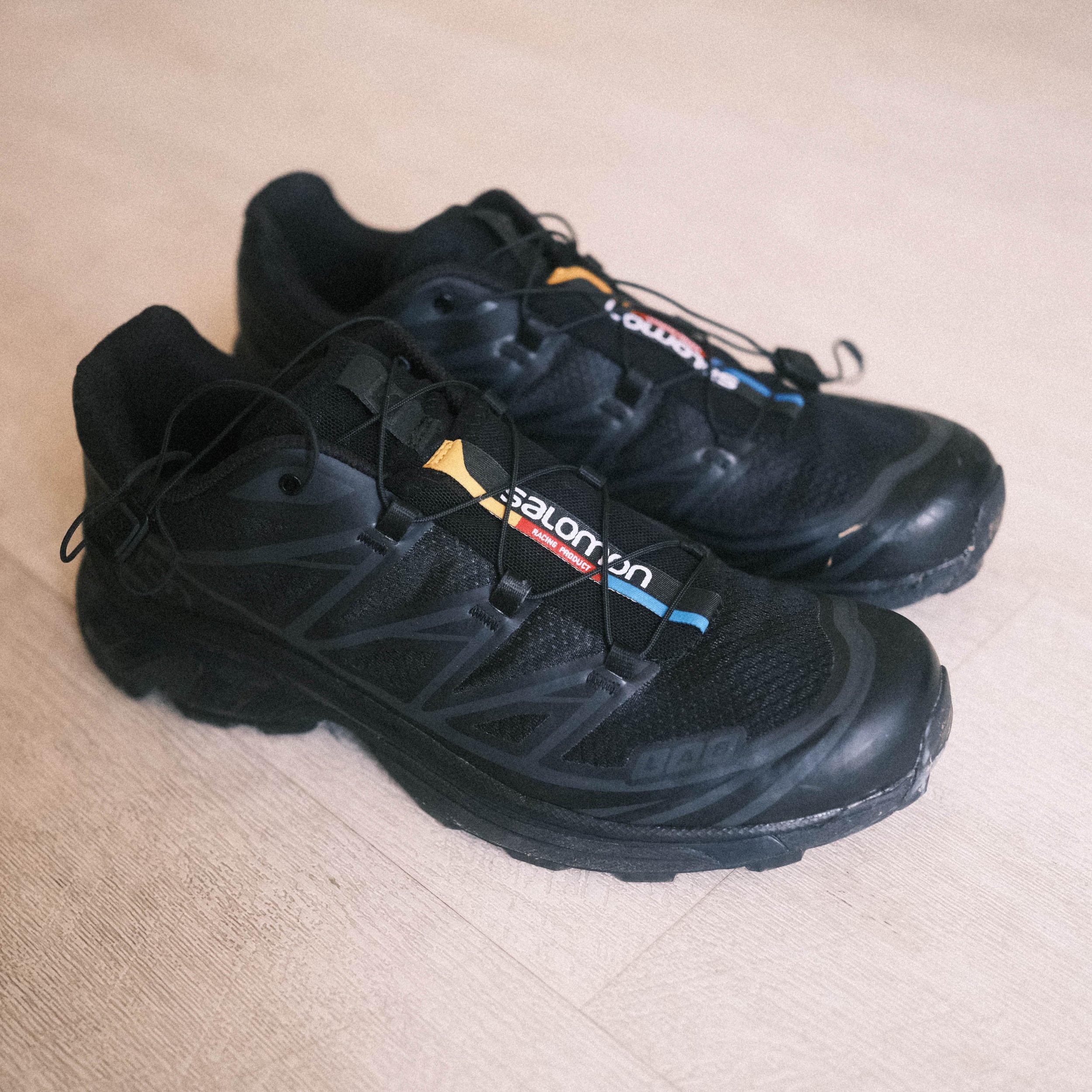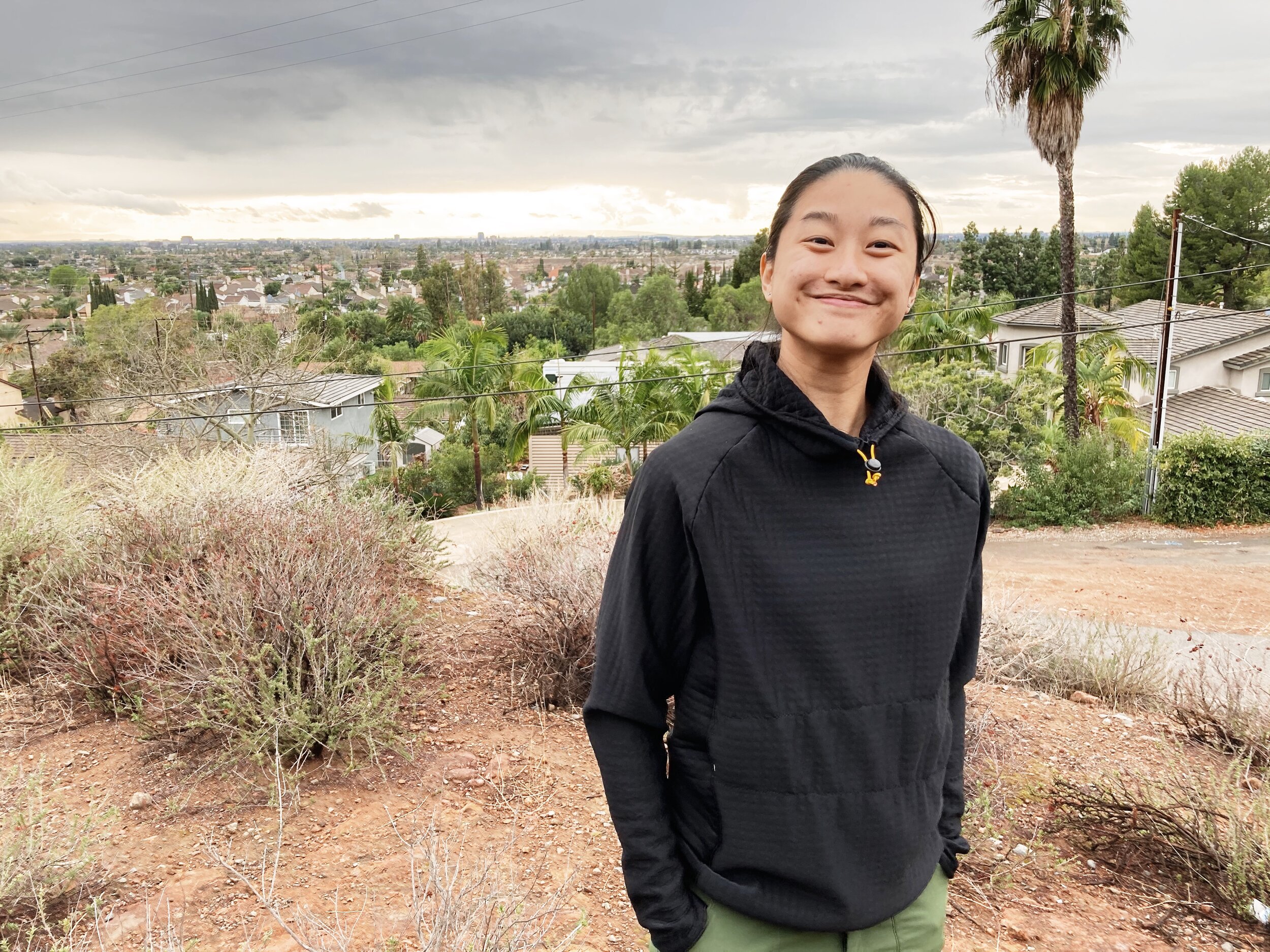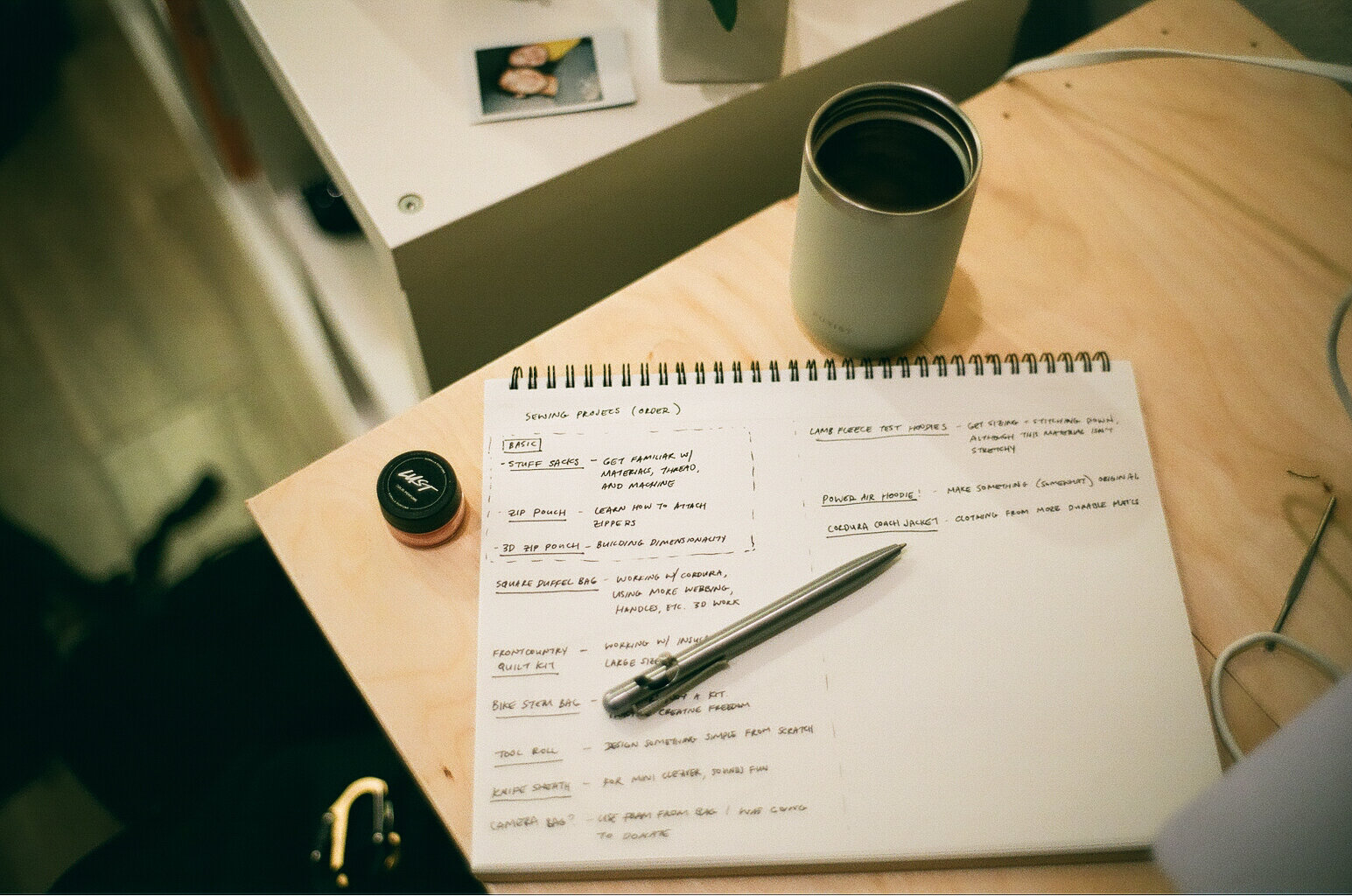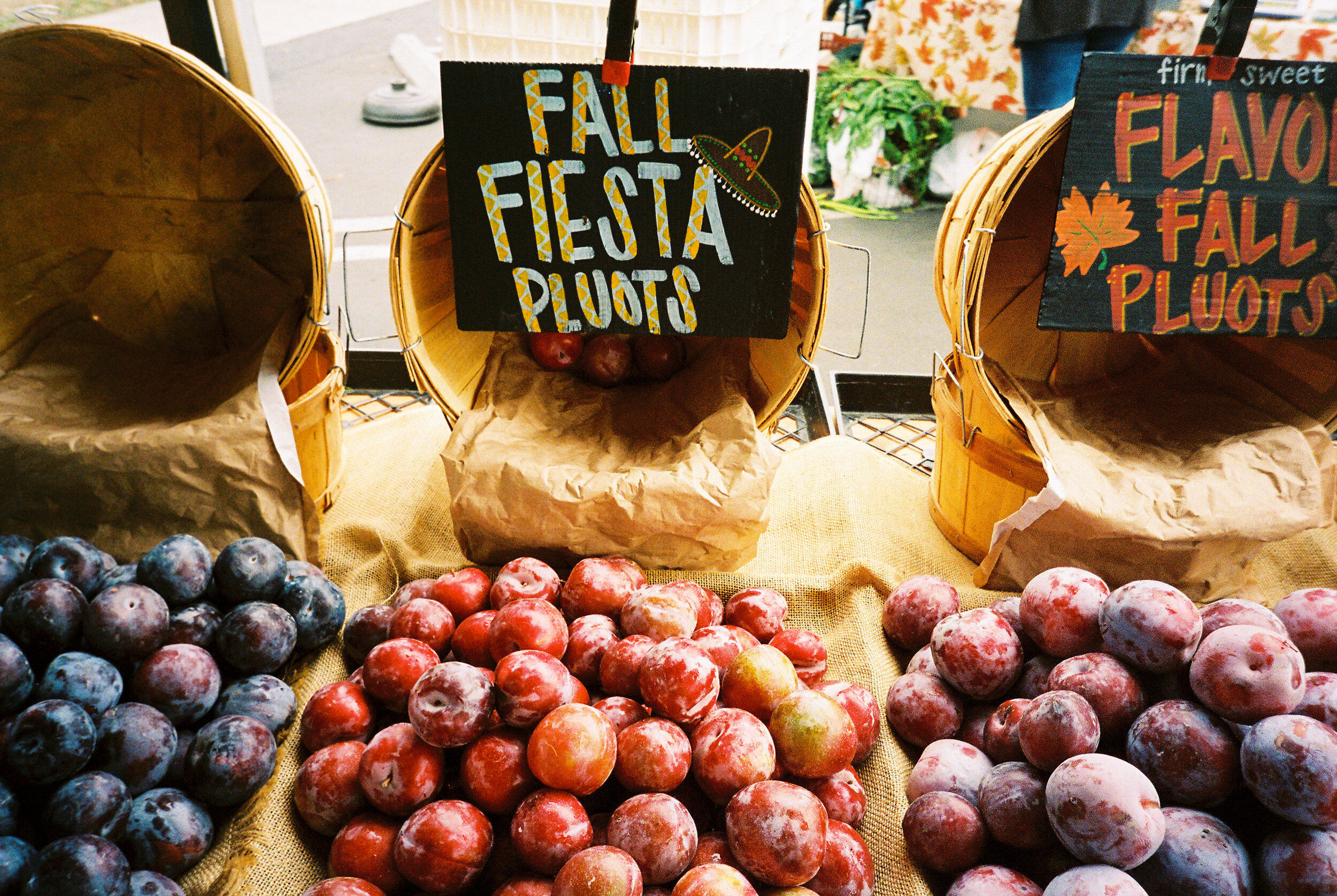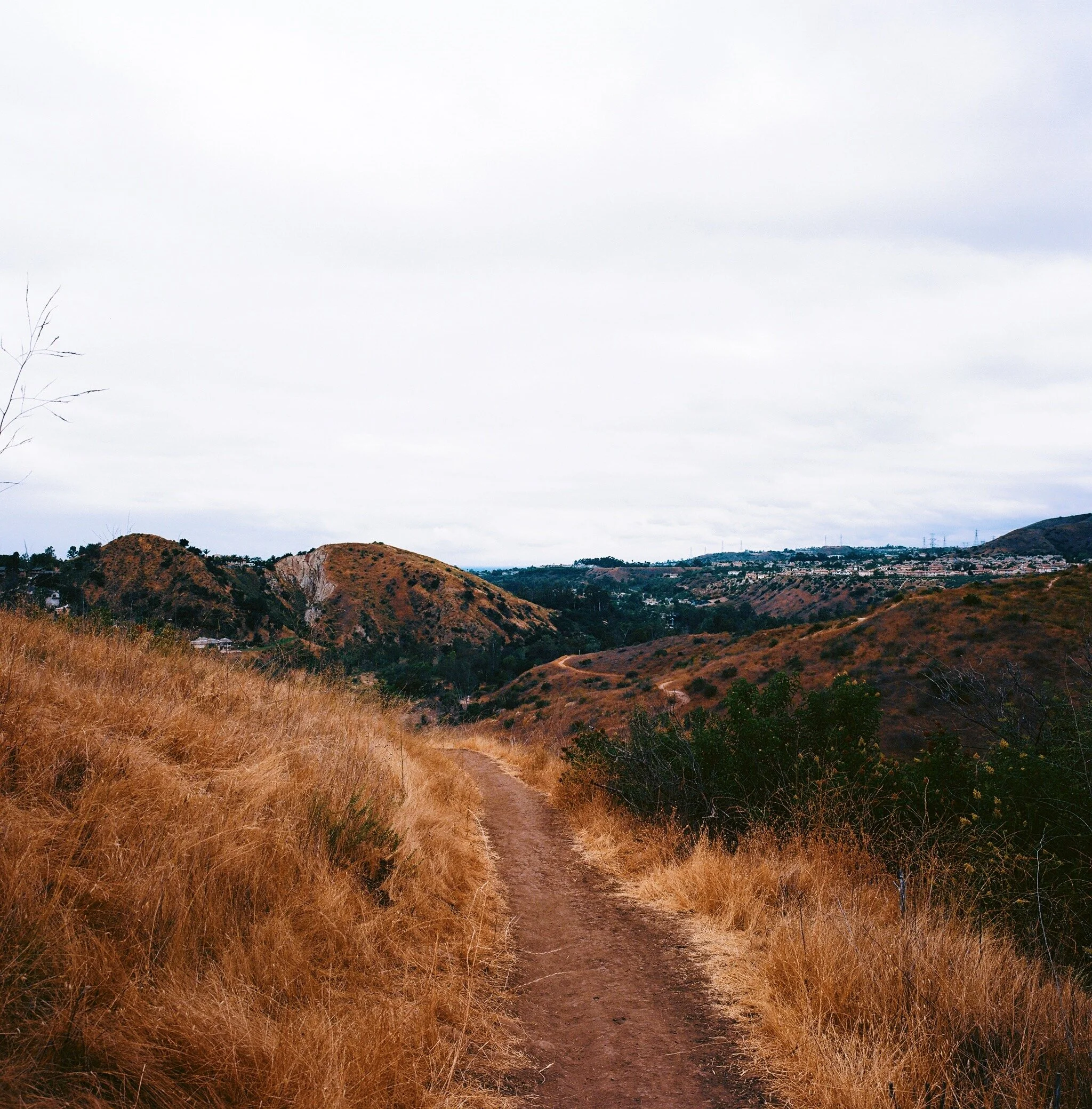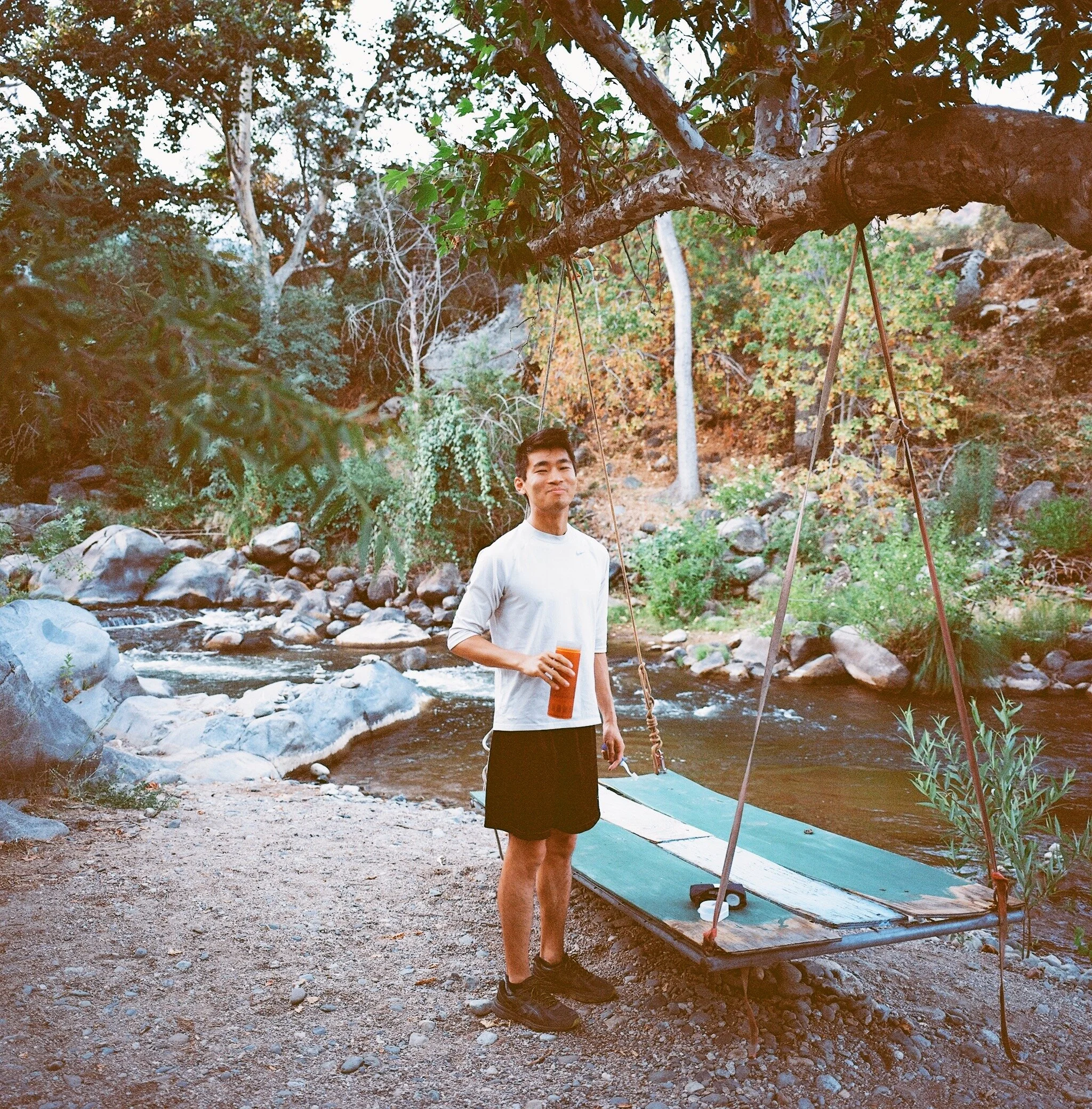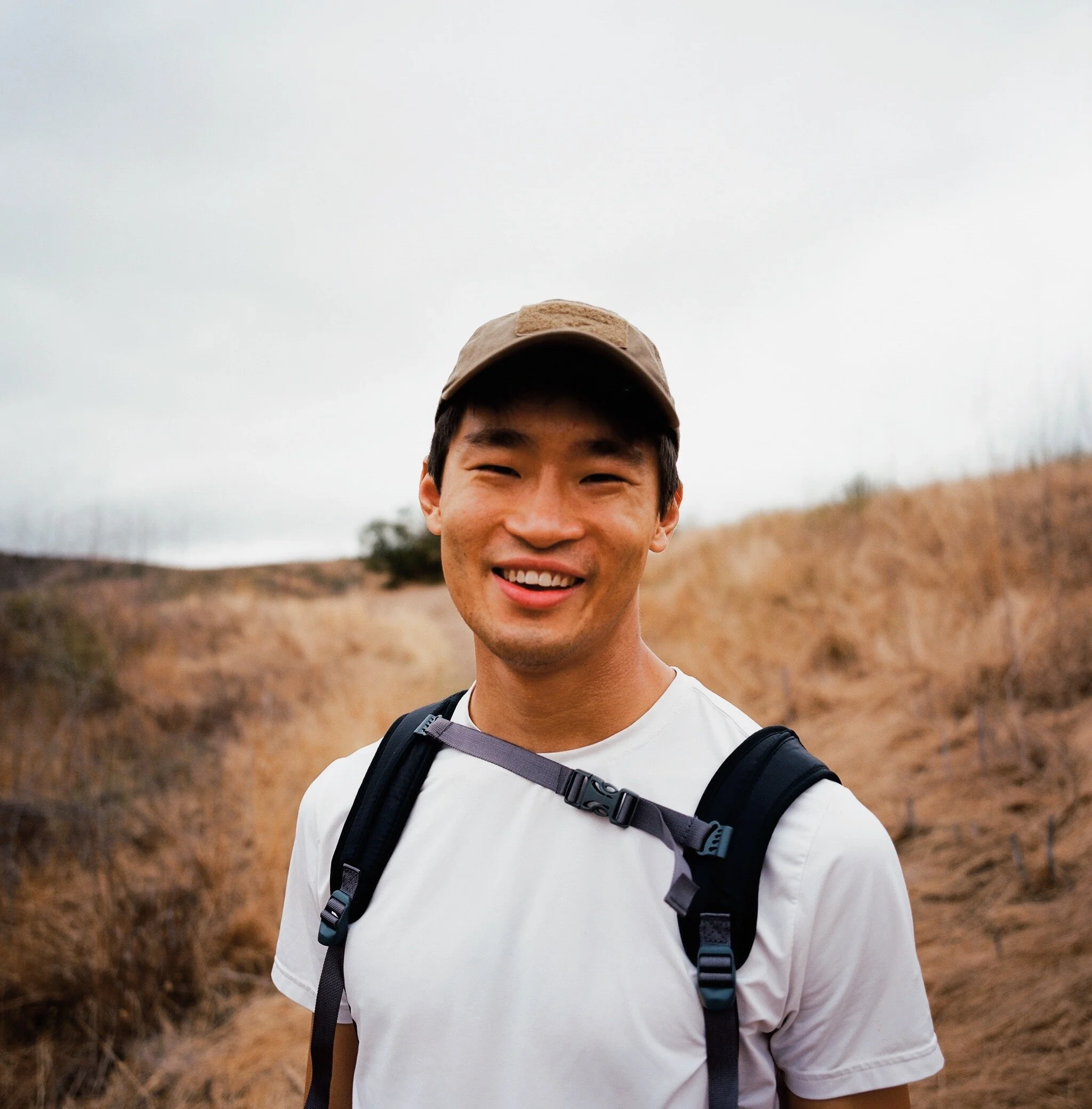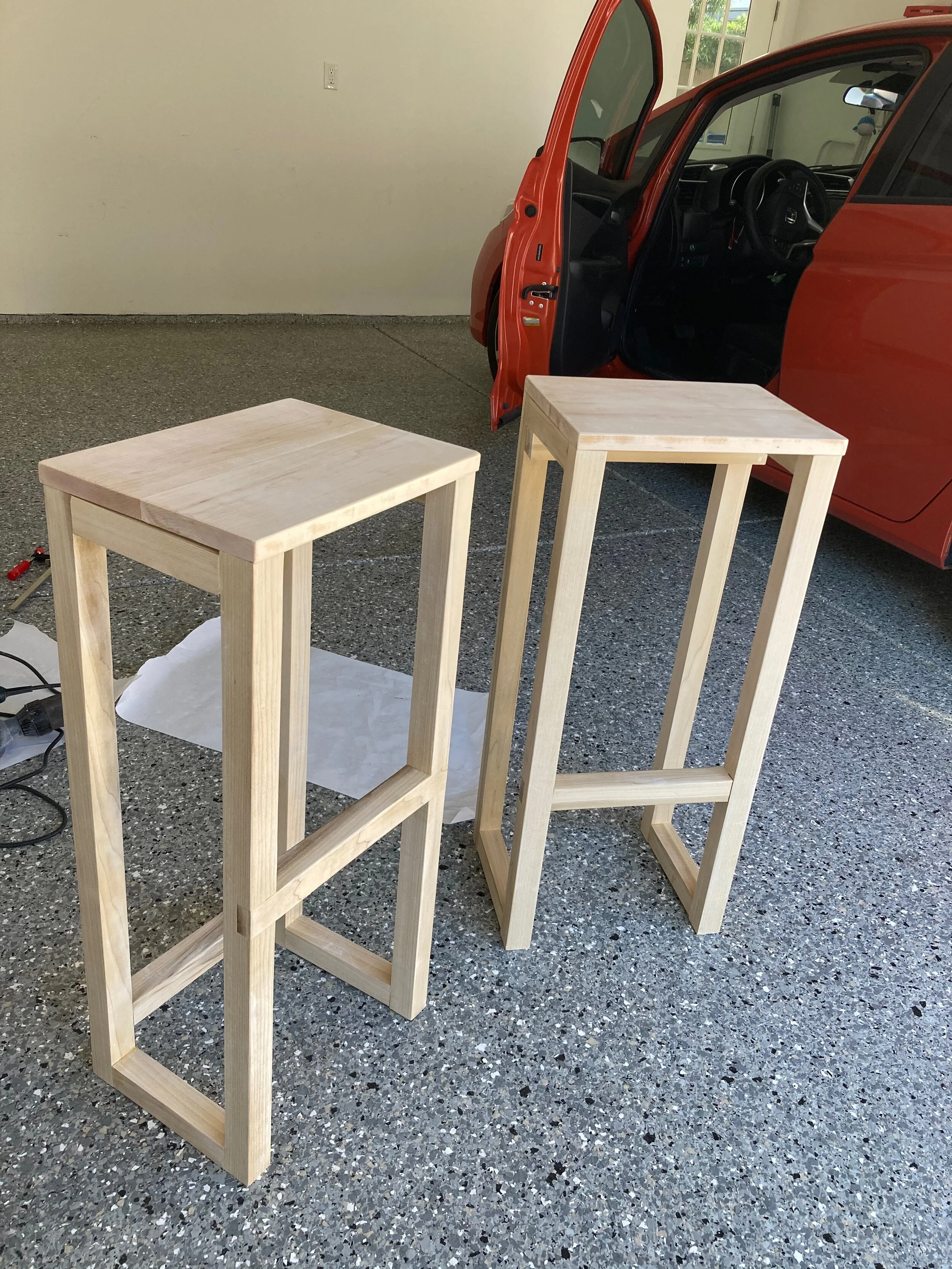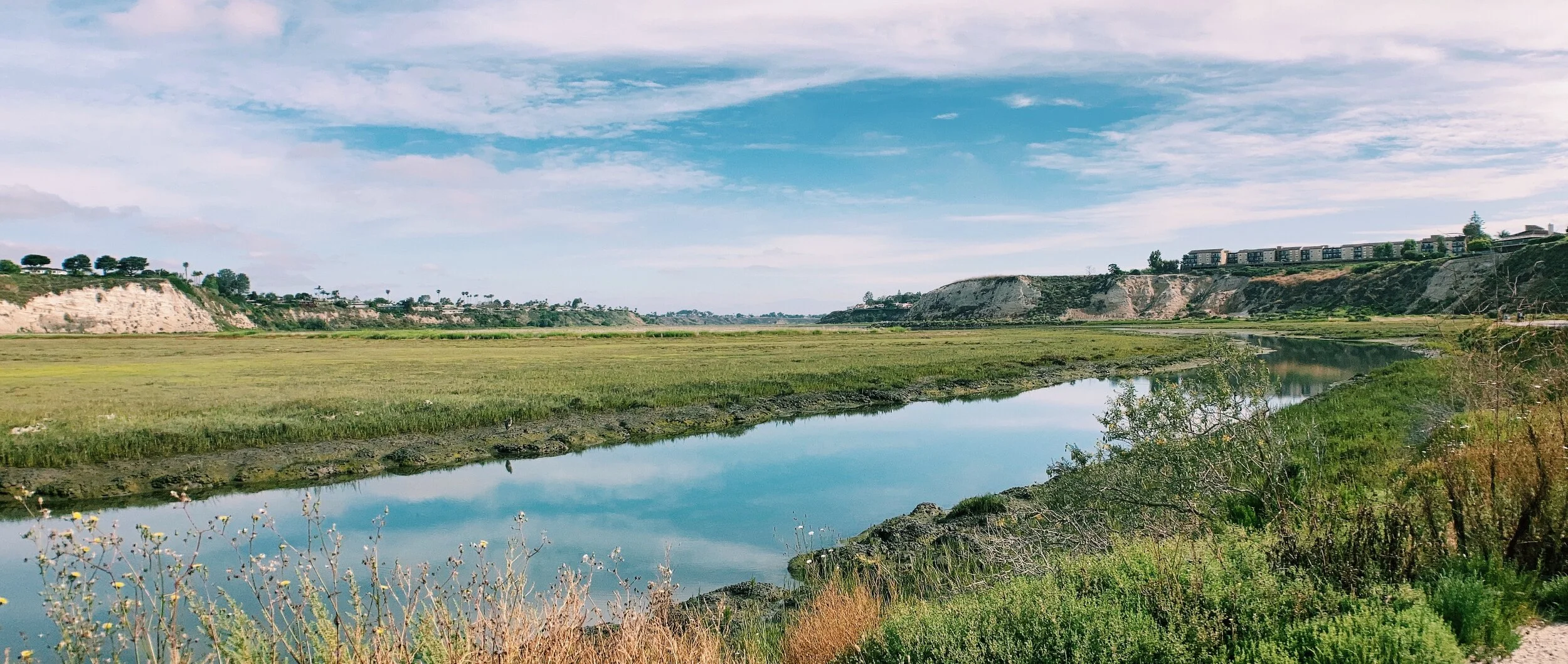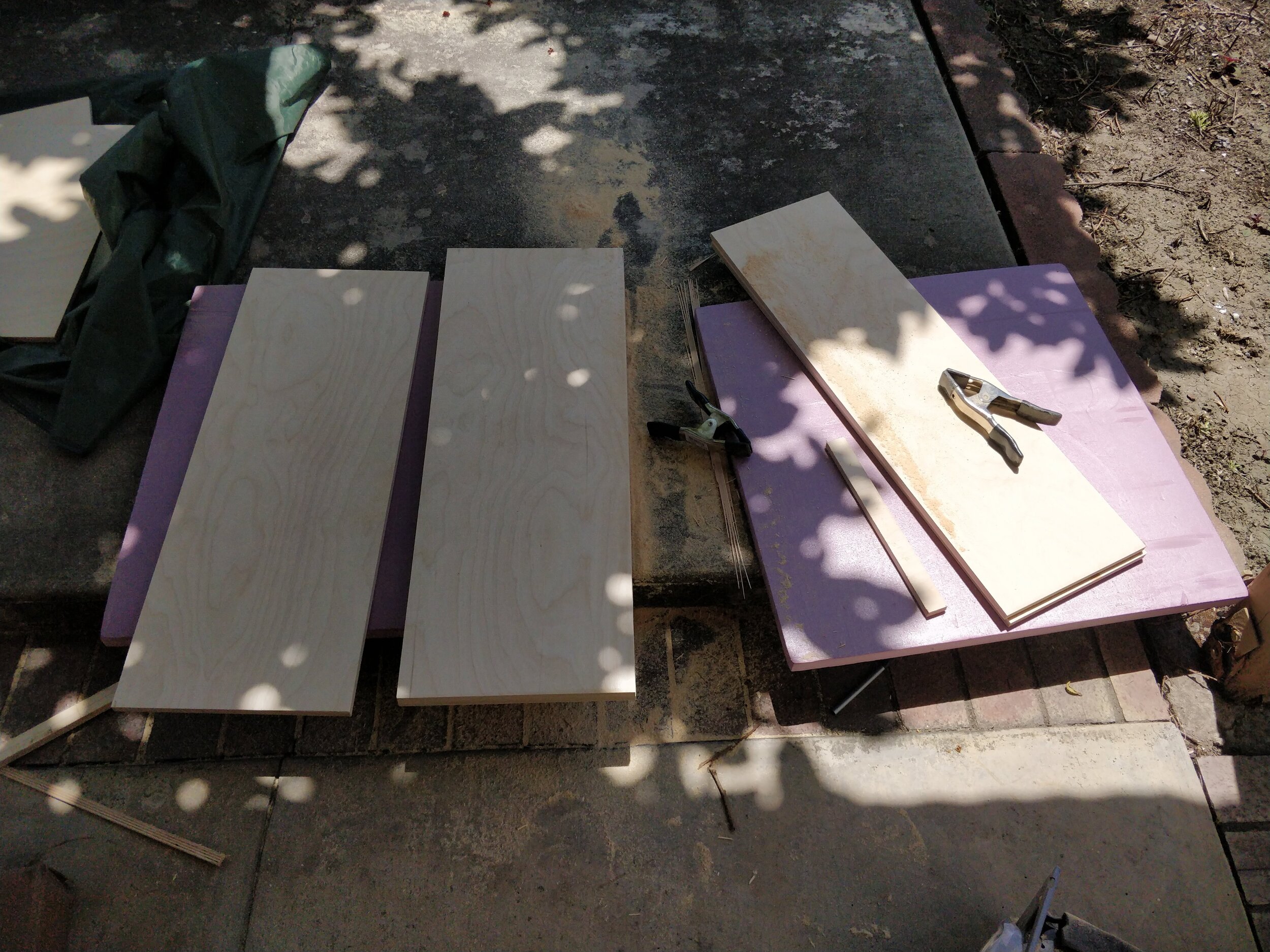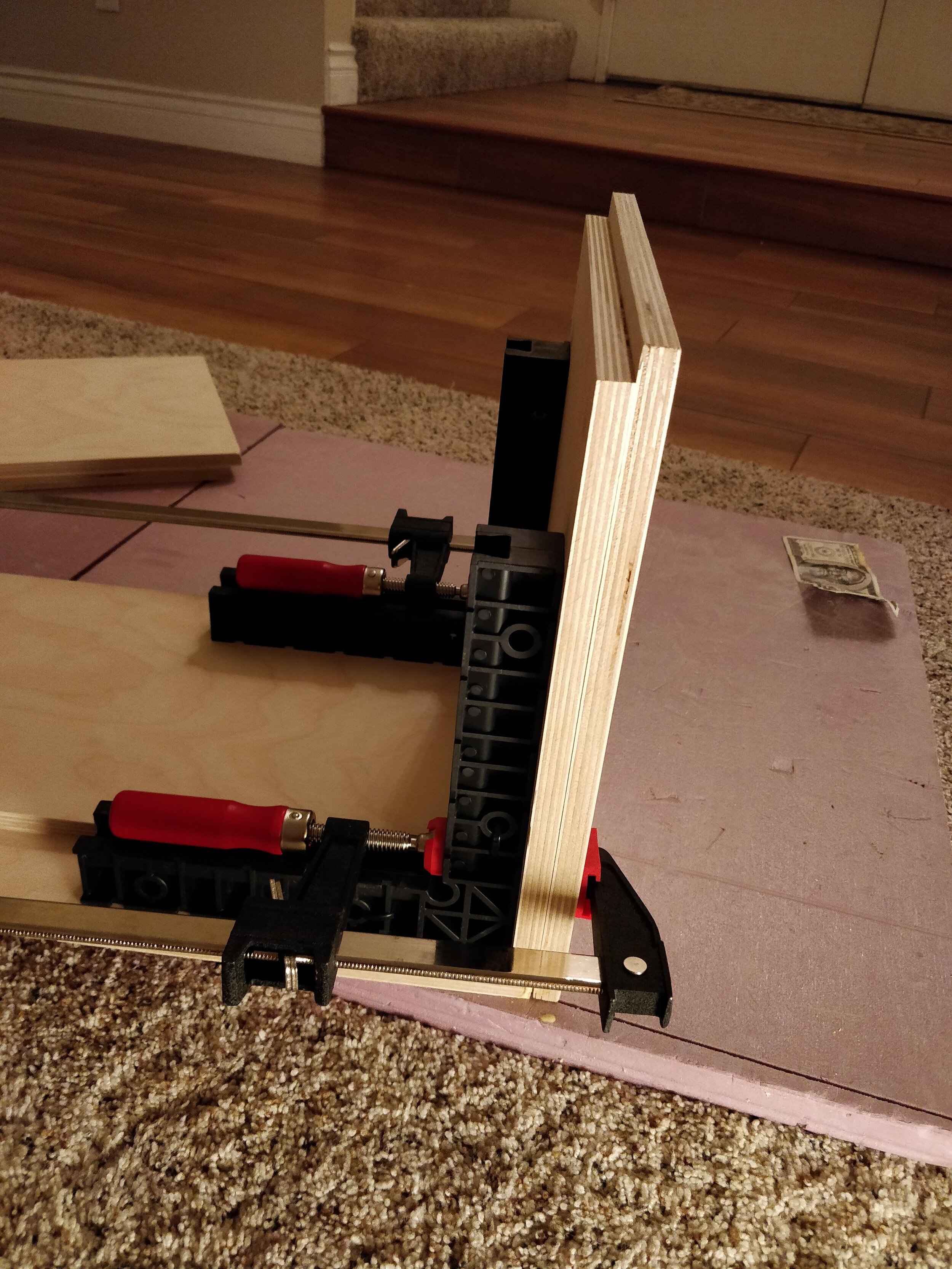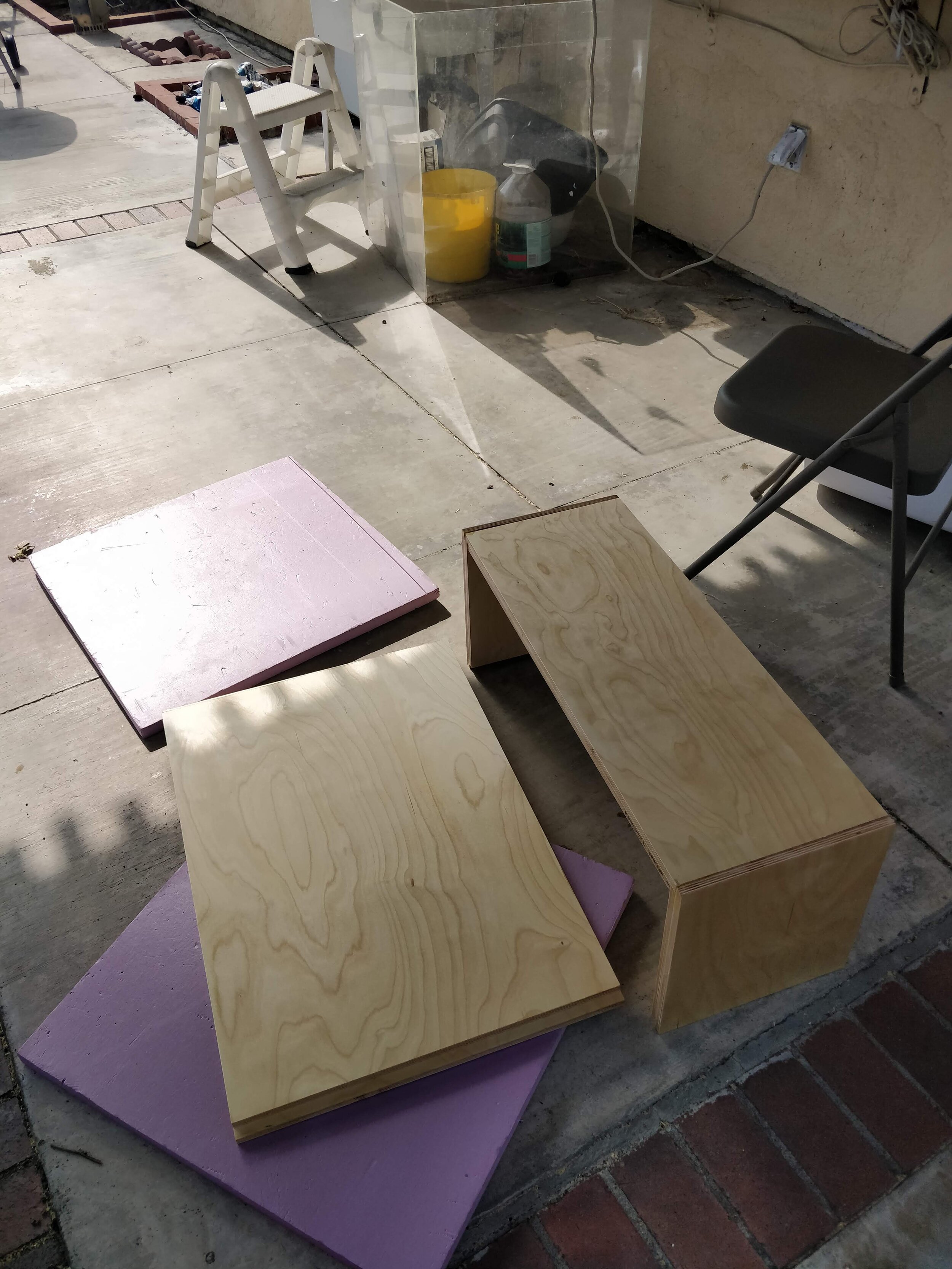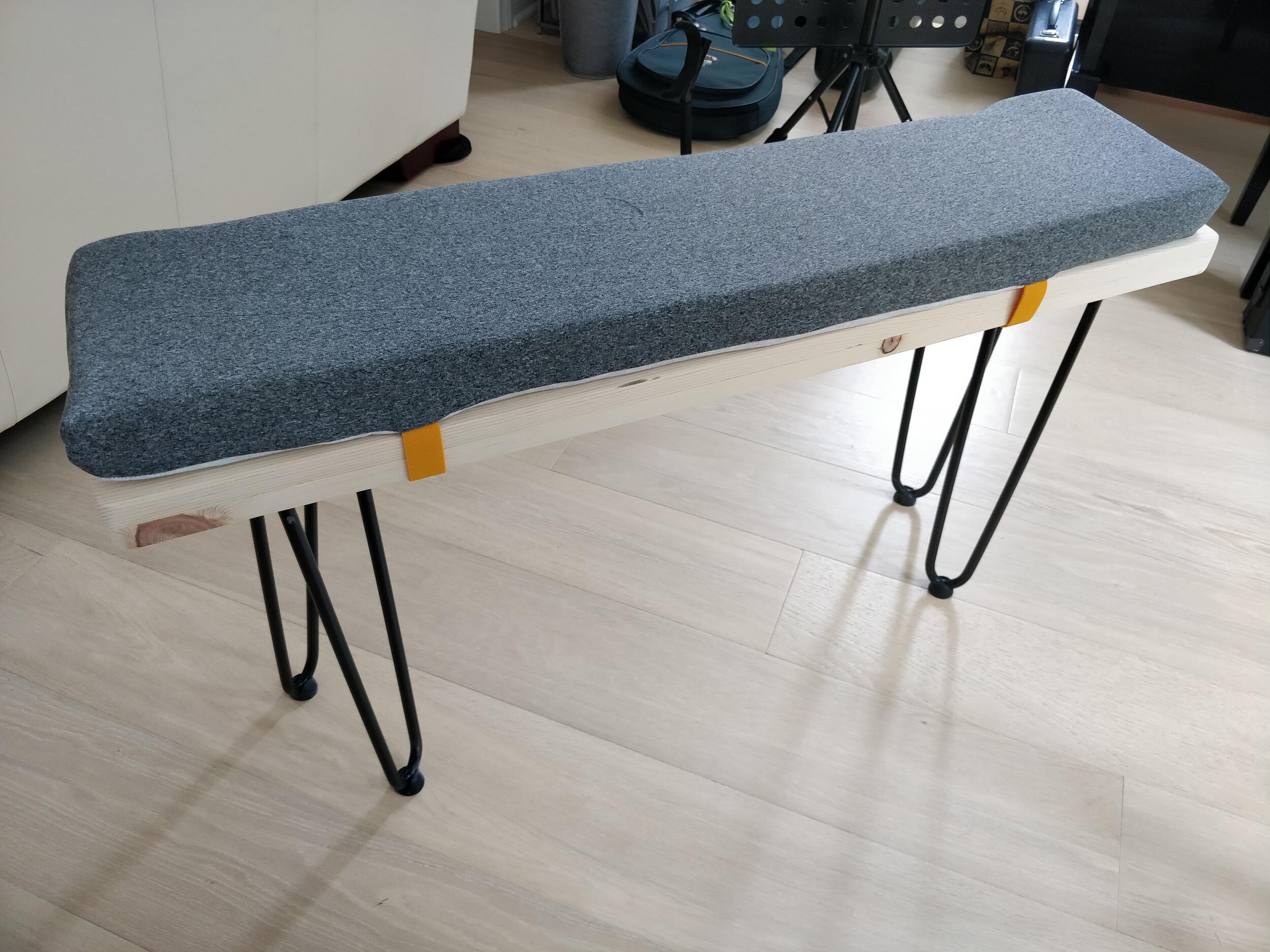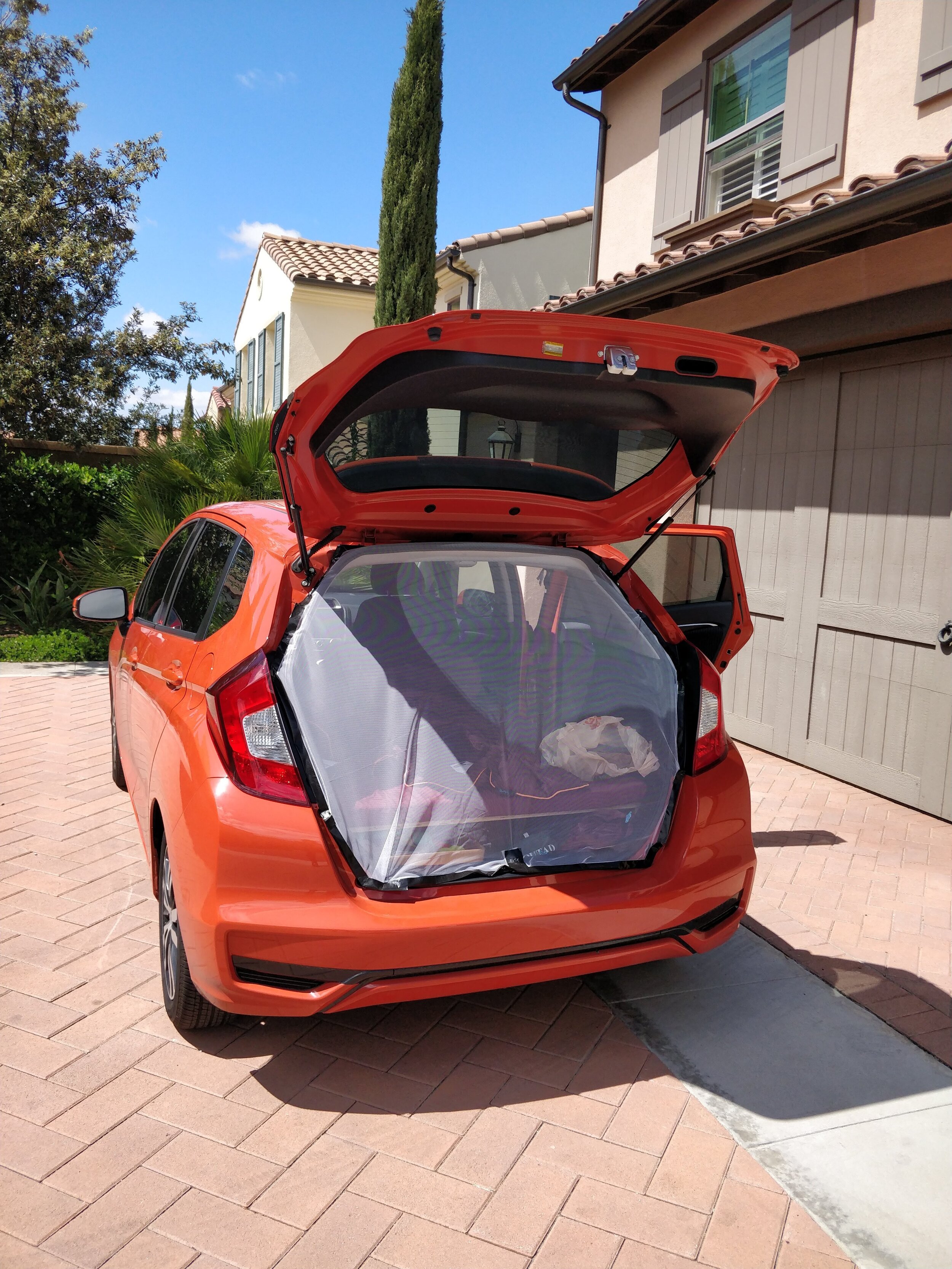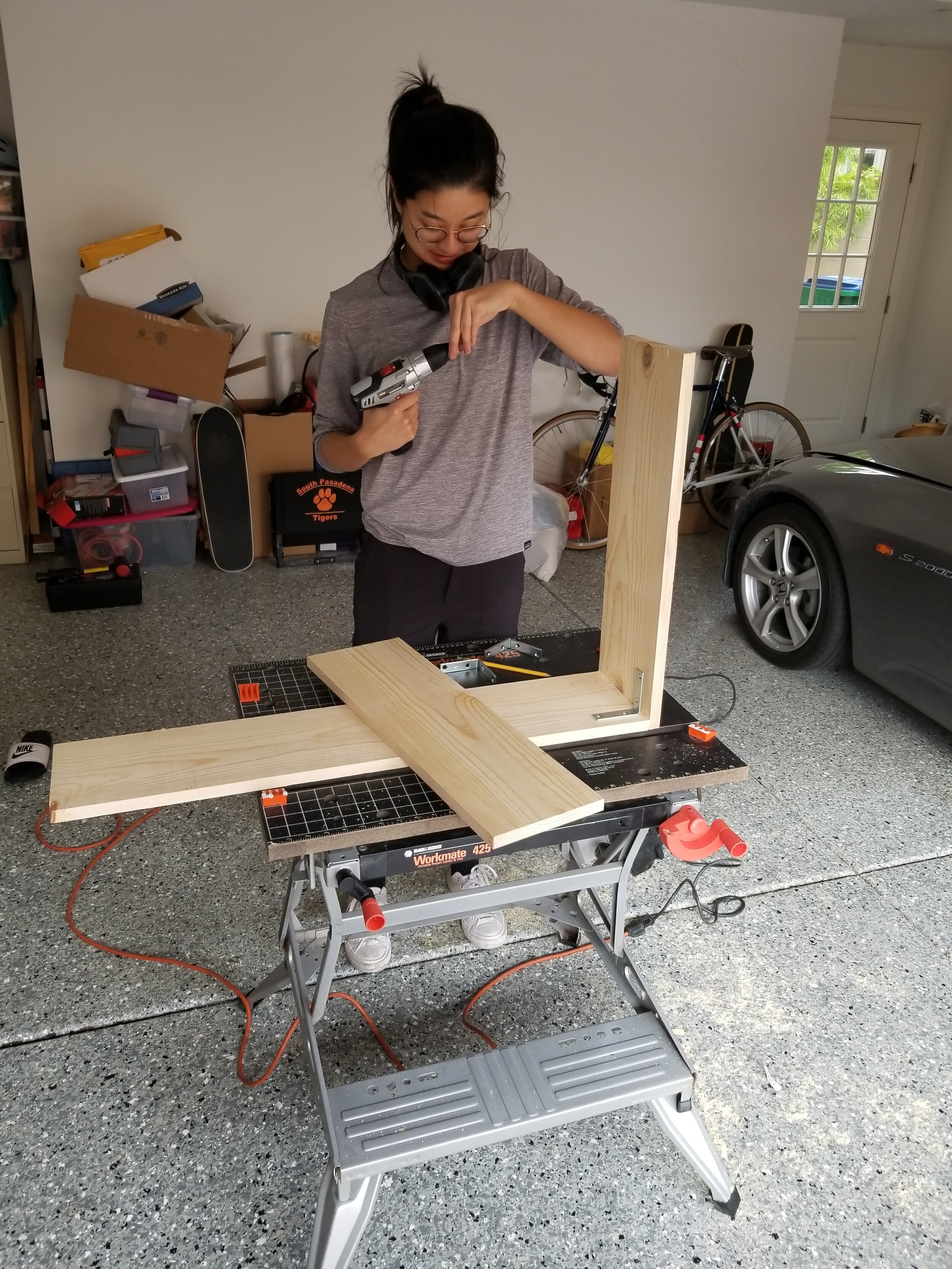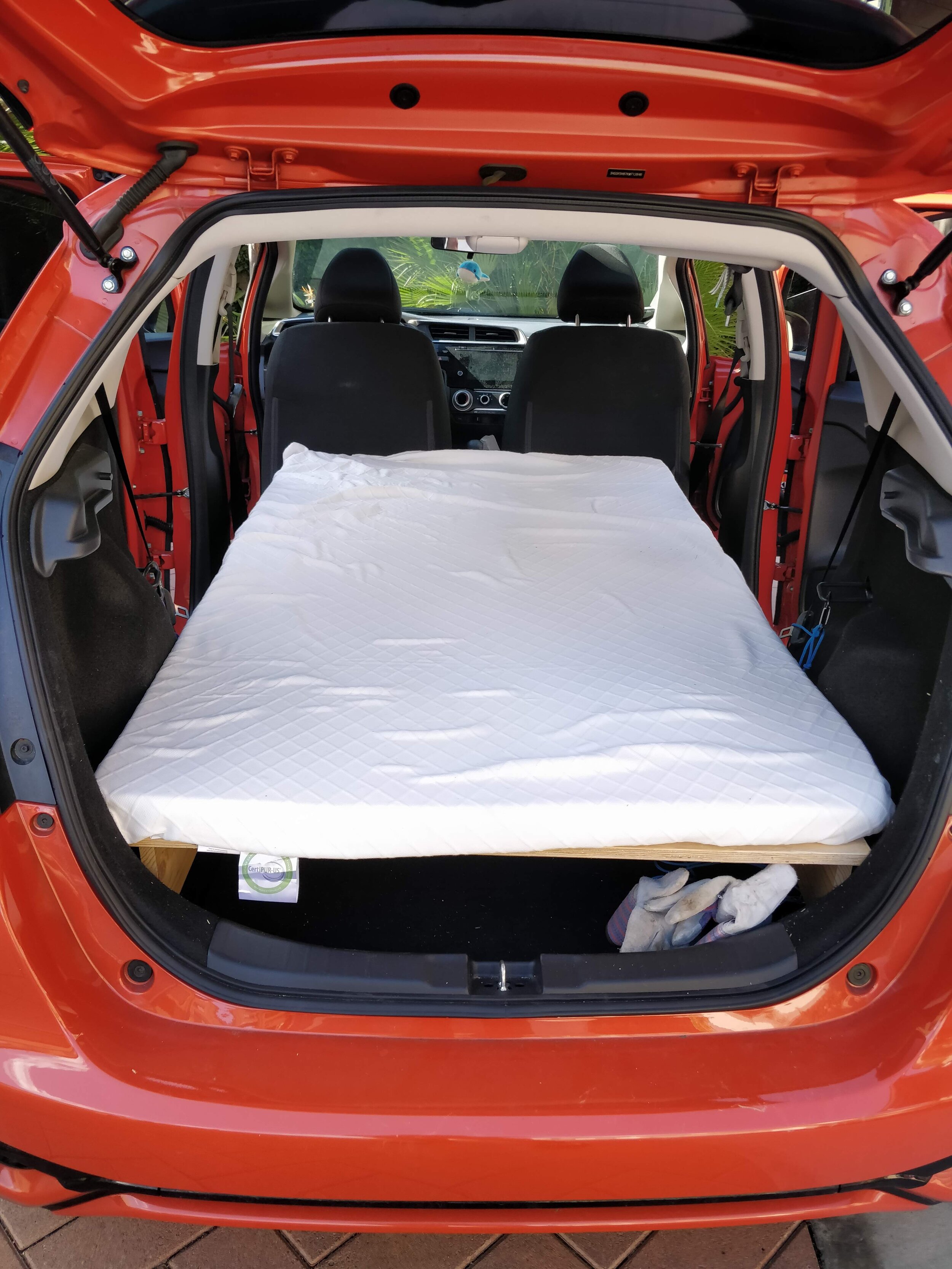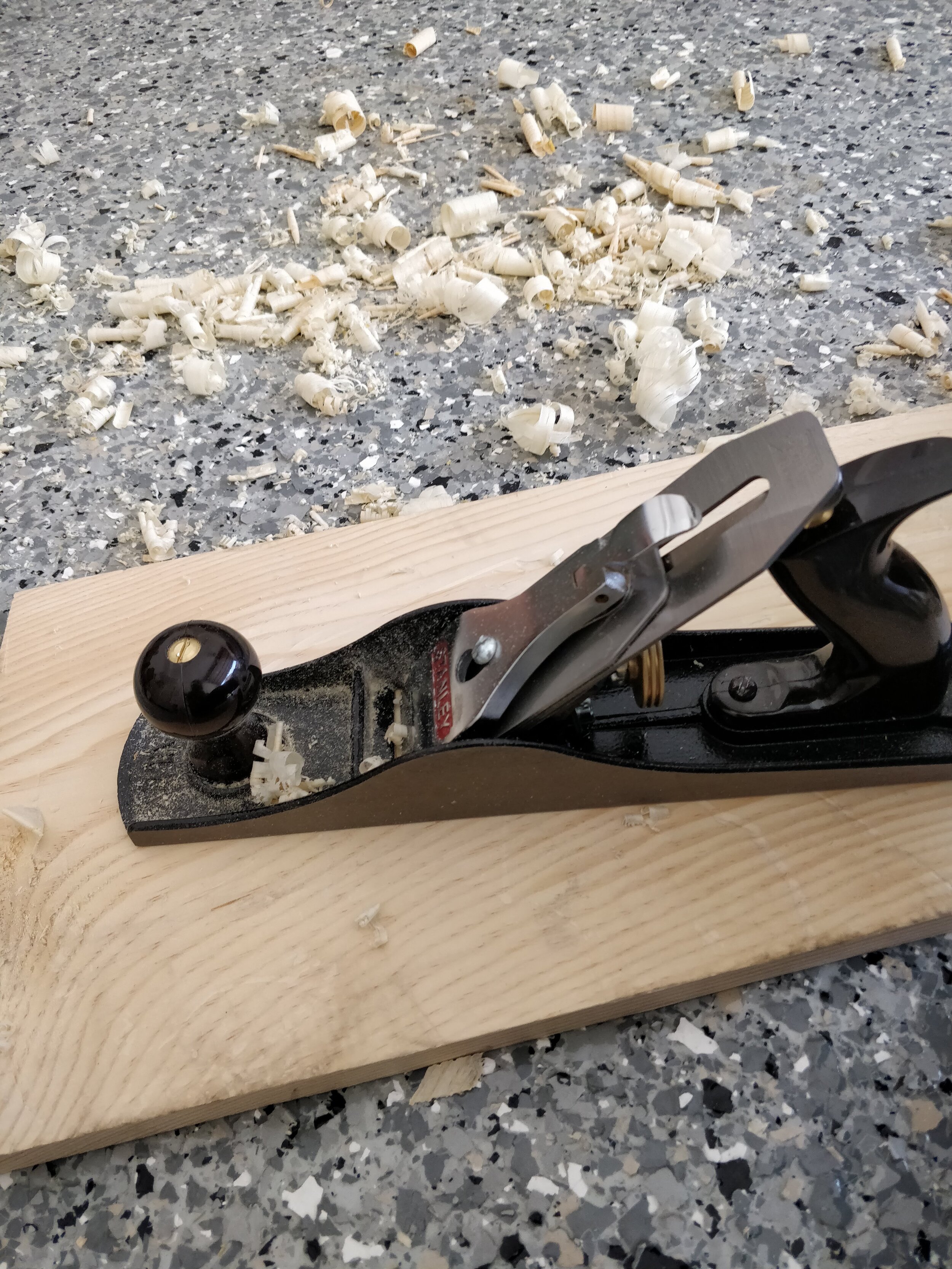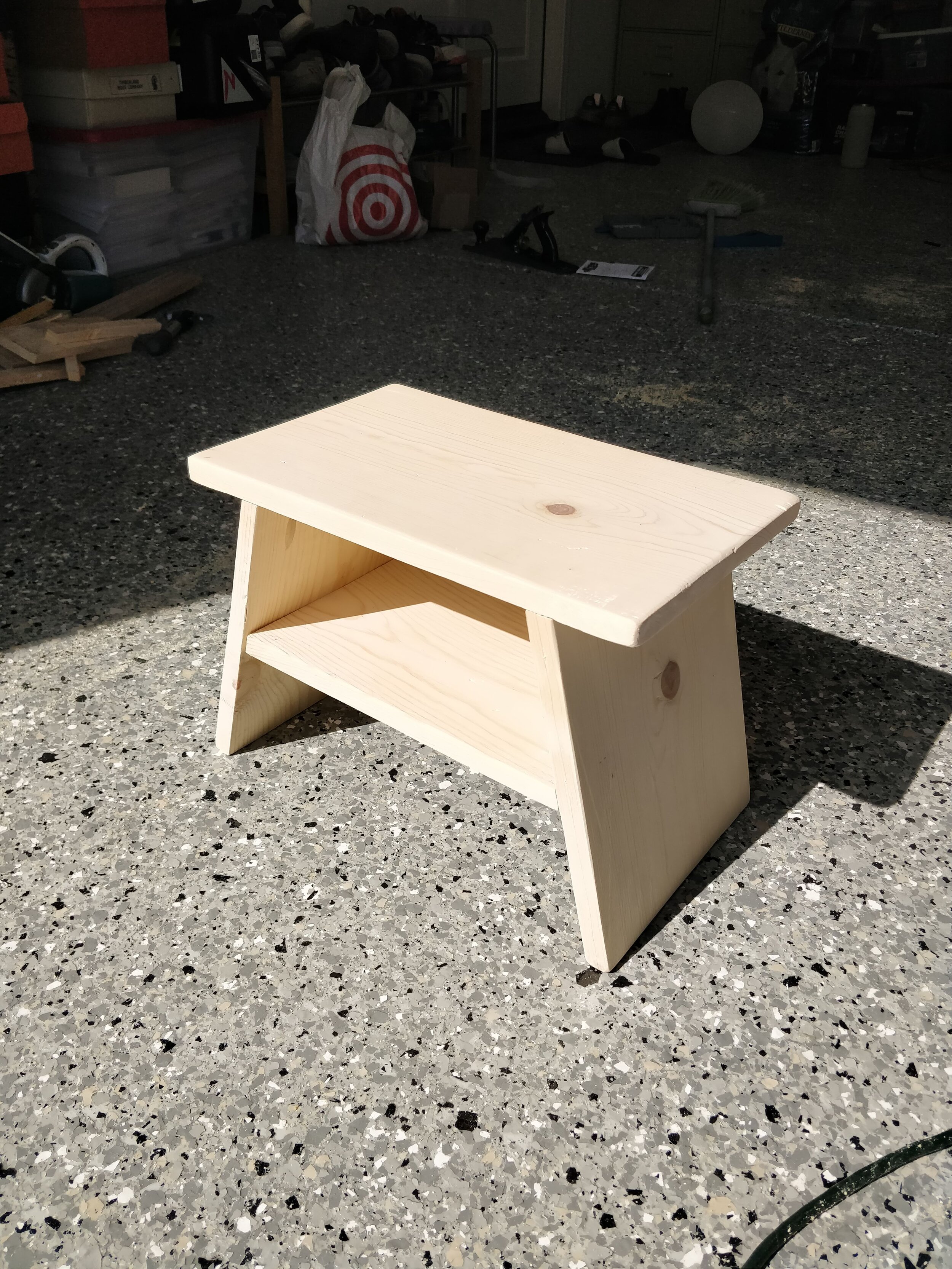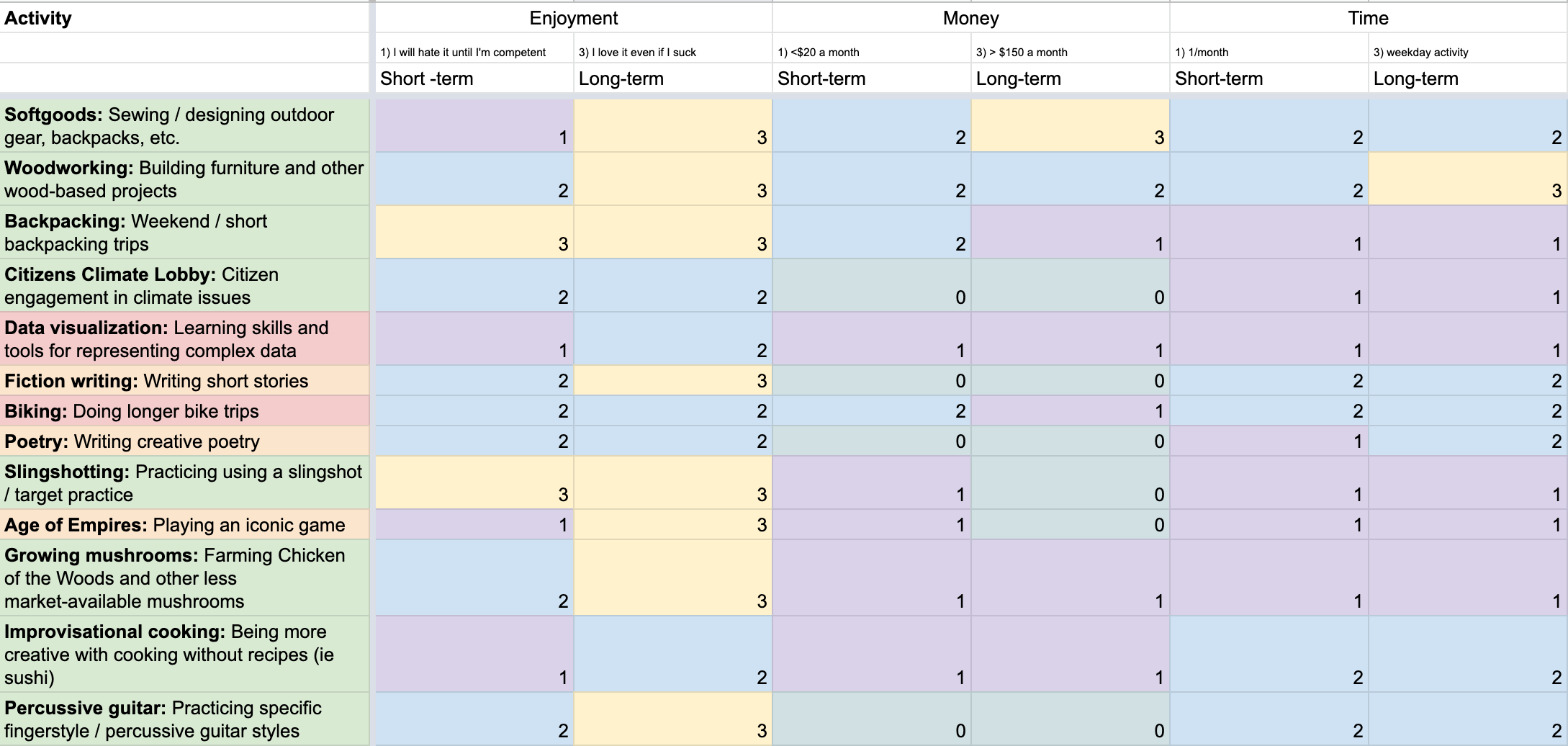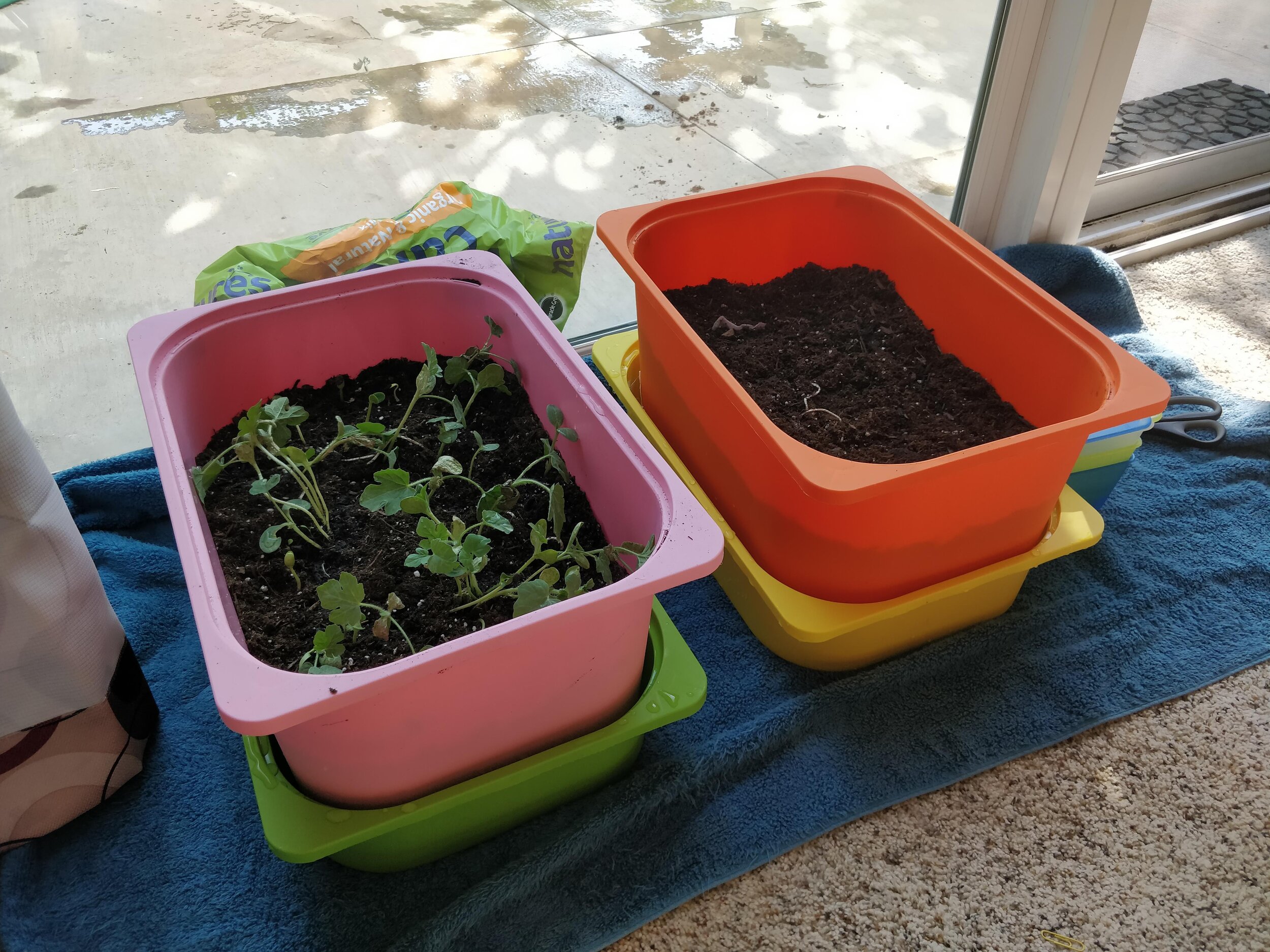2022 wrap up
And with that, another year is basically over. Compared with 2021, 2022 was quiet and stable. No long roadtrips up the coast, no 100 mile bike rides, no extensive adventures in other states. The adventures felt more internal, mostly executed from home — long hours at the sewing machine perfecting new sewing techniques, sunset skate sessions at the local parking lots. I spent a lot of my energy in 2022 figuring out what I actually wanted to spend my energy on.
Earlier this year, I wrote a couple of self reminders in my journal that have stuck with me.
“How we spend our days is of course how we spend our lives. What we do with this hour and that one is what we are doing.” - Annie Dillard
Don’t cut out passions — leads to “phantom limb pain”. Make room to pursue the things that bring you joy. Nourish the things close you yourself and your self-identity.
So with those in mind, some of the things I was very happy with this year:
Developing a lot more confidence in my sewing ability — to take design requirements and translate them into something usable that I can make. I hope to continue pushing on those skills and develop more complex 3D patterns and more organic shapes.
Building a complete bicycle up from the frame. It is incredibly rewarding to know exactly how each part was assembled and how. I installed the fork, cut the head tube with a hack saw, installed the bottom bracket, and installed/adjusted the derailleur—everything that used to intimidate me.
Getting over the mental age barrier and embracing skateboarding again. My main regret is that I didn’t start back up earlier, but developing new skills and tricks has been critical to my sense of fulfillment day-to-day. In many ways, it’s can be an ideal suburb sport, where the challenge isn’t with the elevation gained or distance covered, but the physical coordination of being able to do something new.
Putting in the time and effort to learn a new language. It’s nice to feel my brain working in a new way.
Dedicating the time to continue to build and strengthen both old and new relationships. I was happy that I generally had the time and emotional energy to be present for those that I love and care about.
Until next year!
P.S. Book recommendations from 2022 — Pachinko (yeah, I’m a couple years late) and The Winners by Fredrik Backman.
